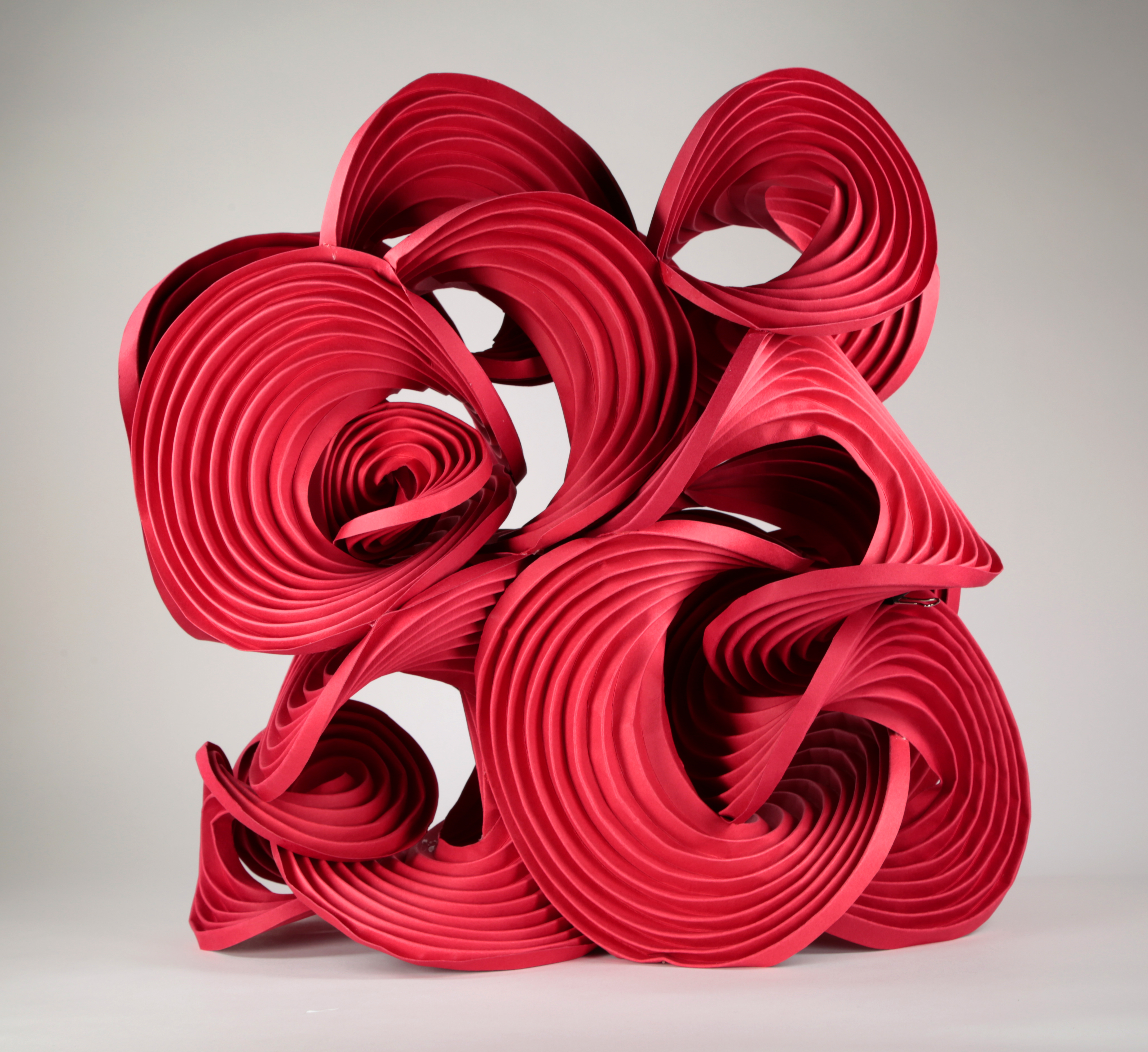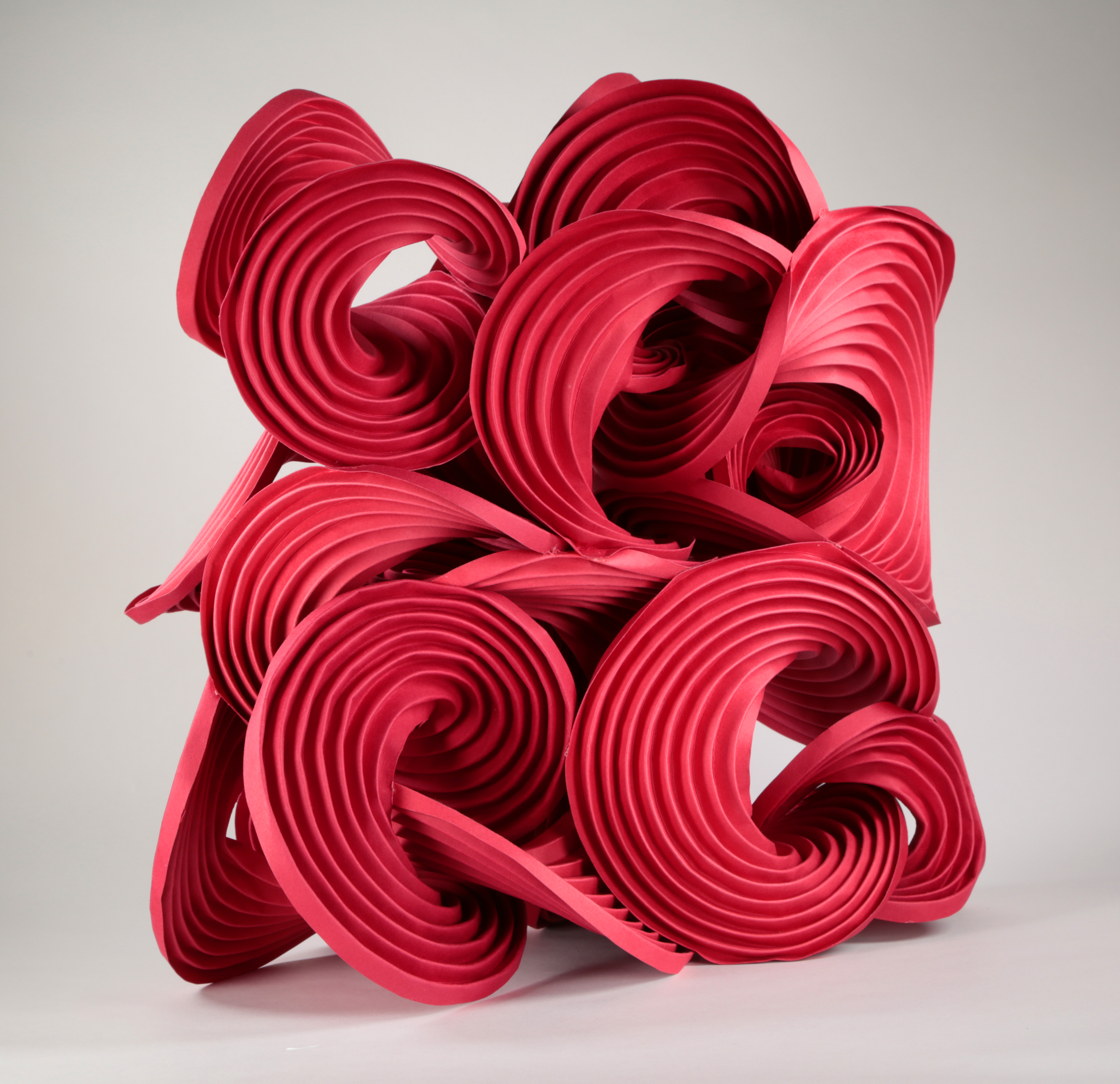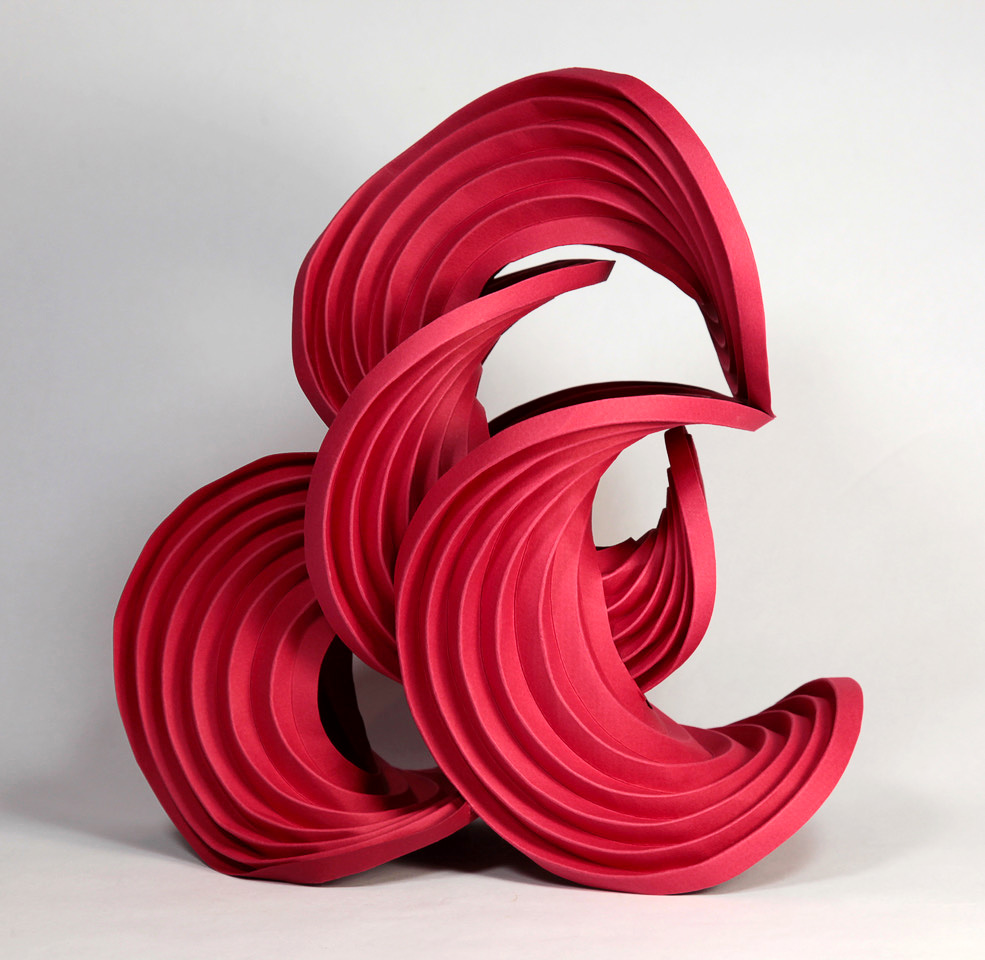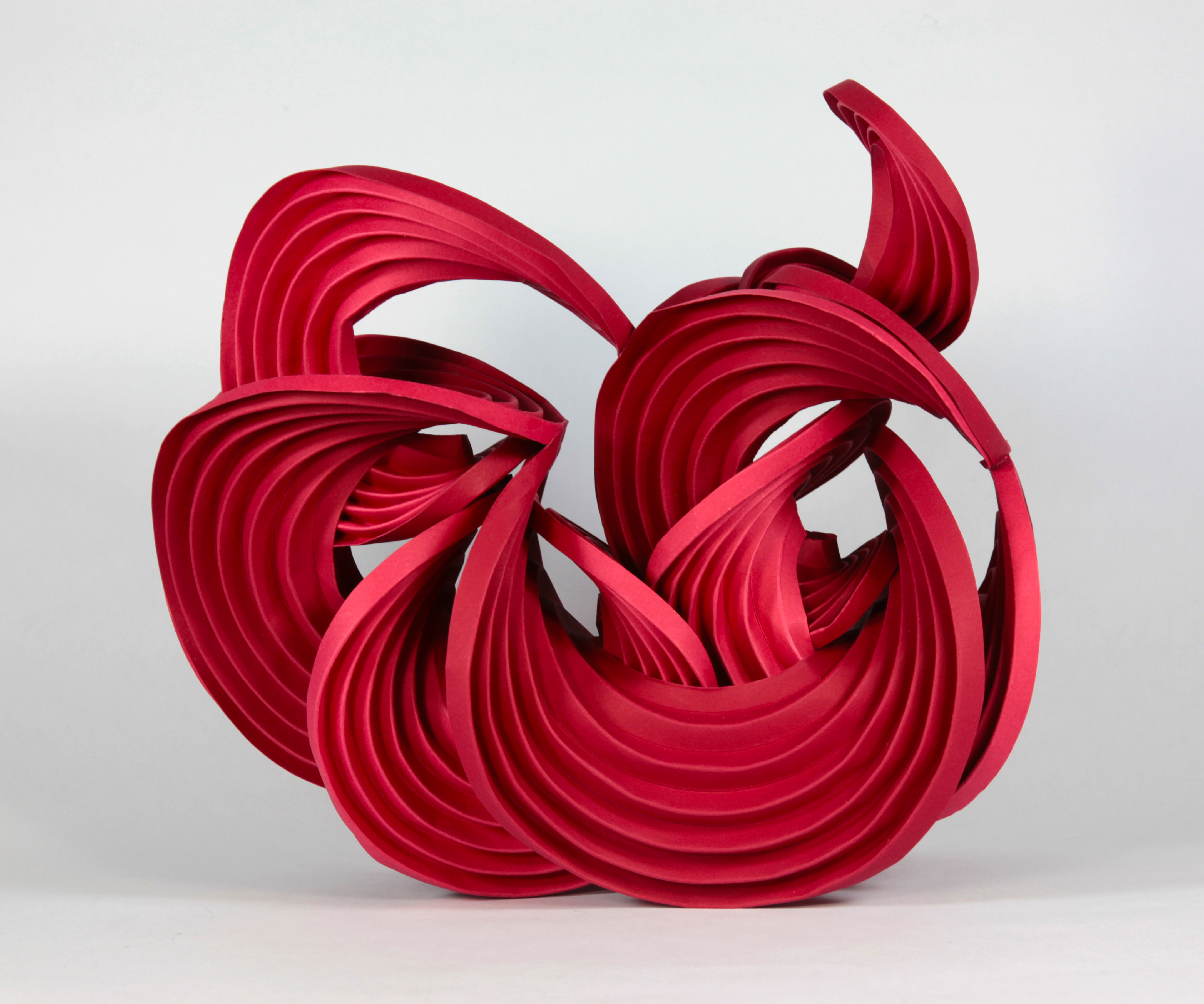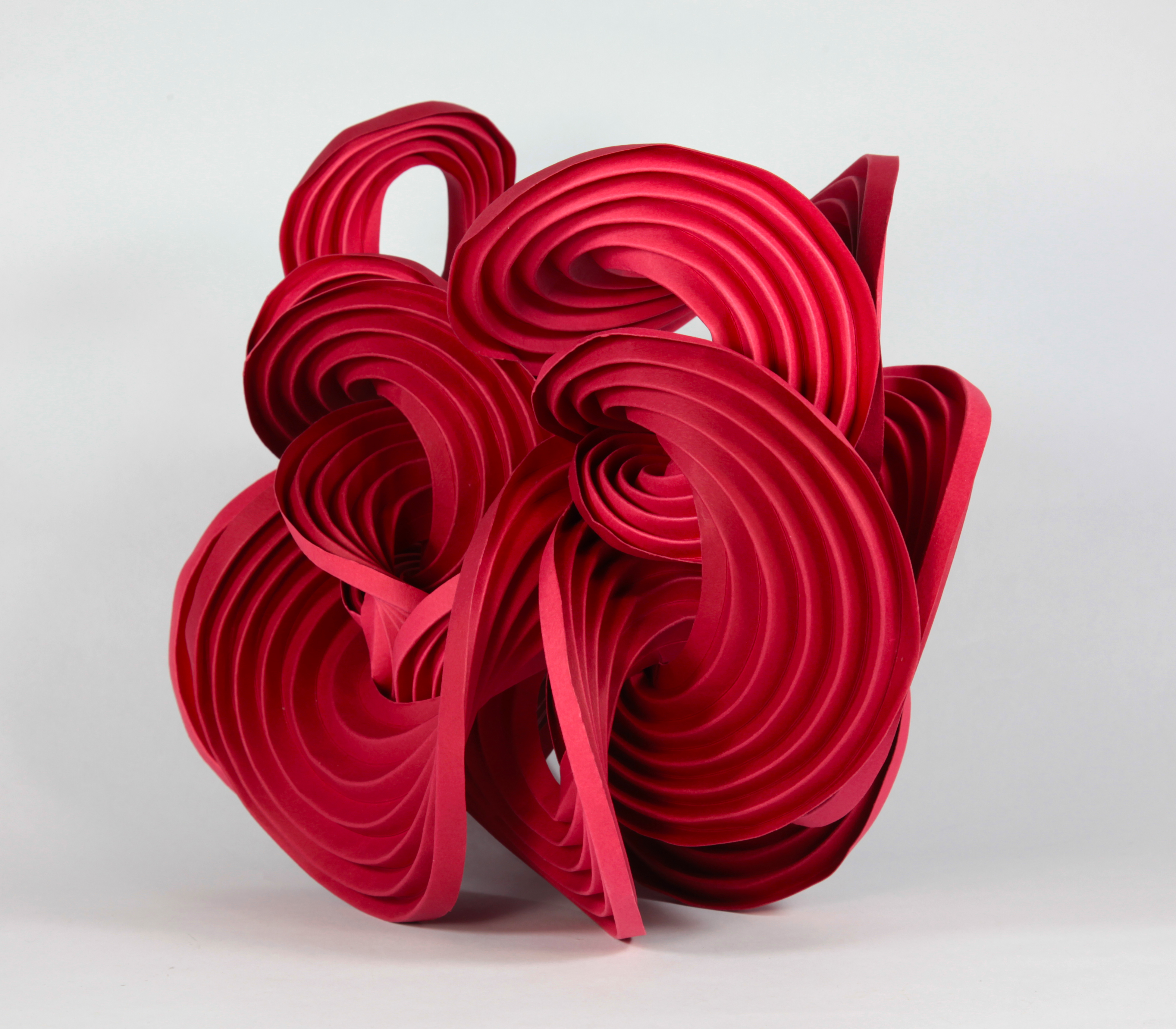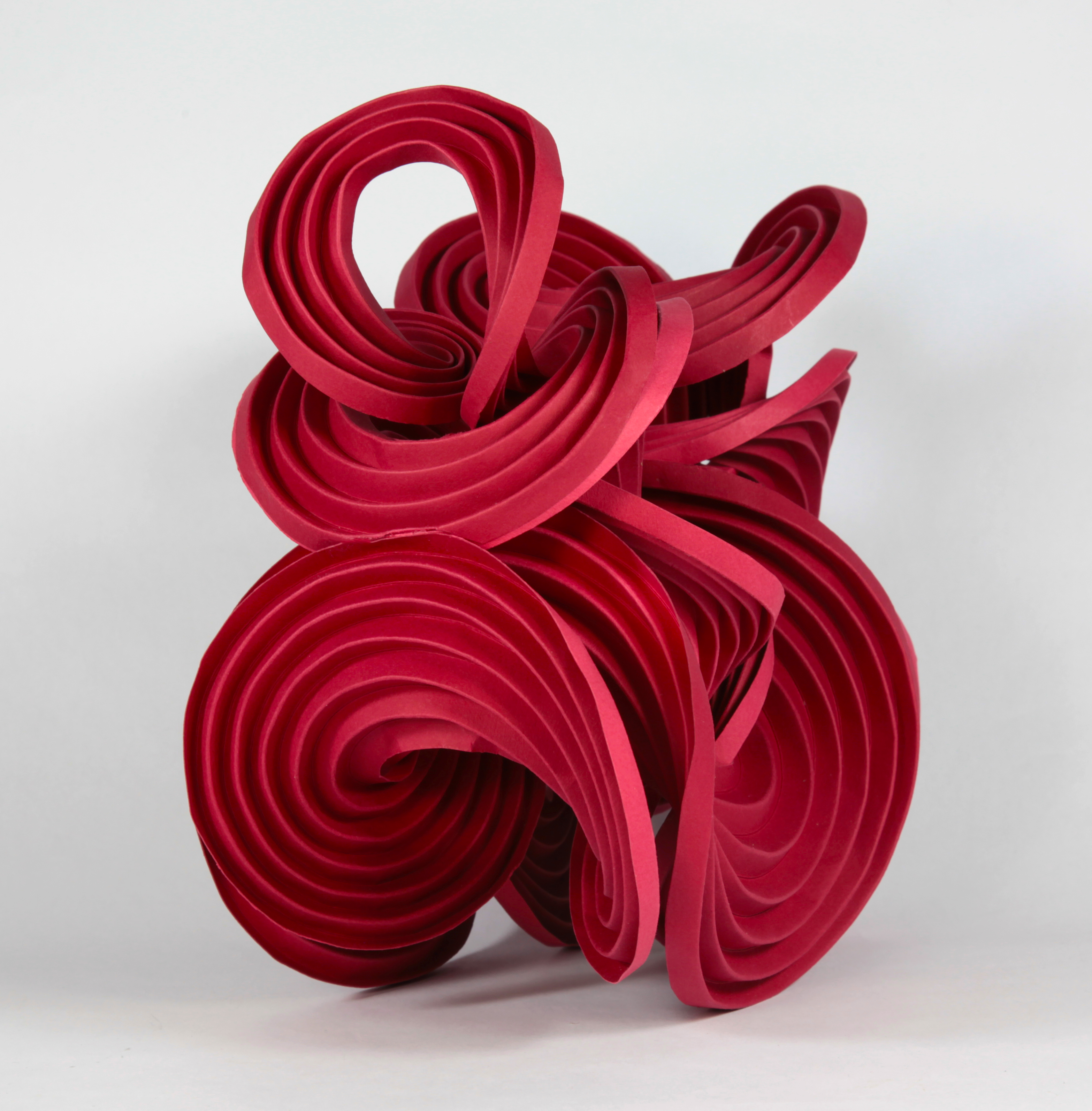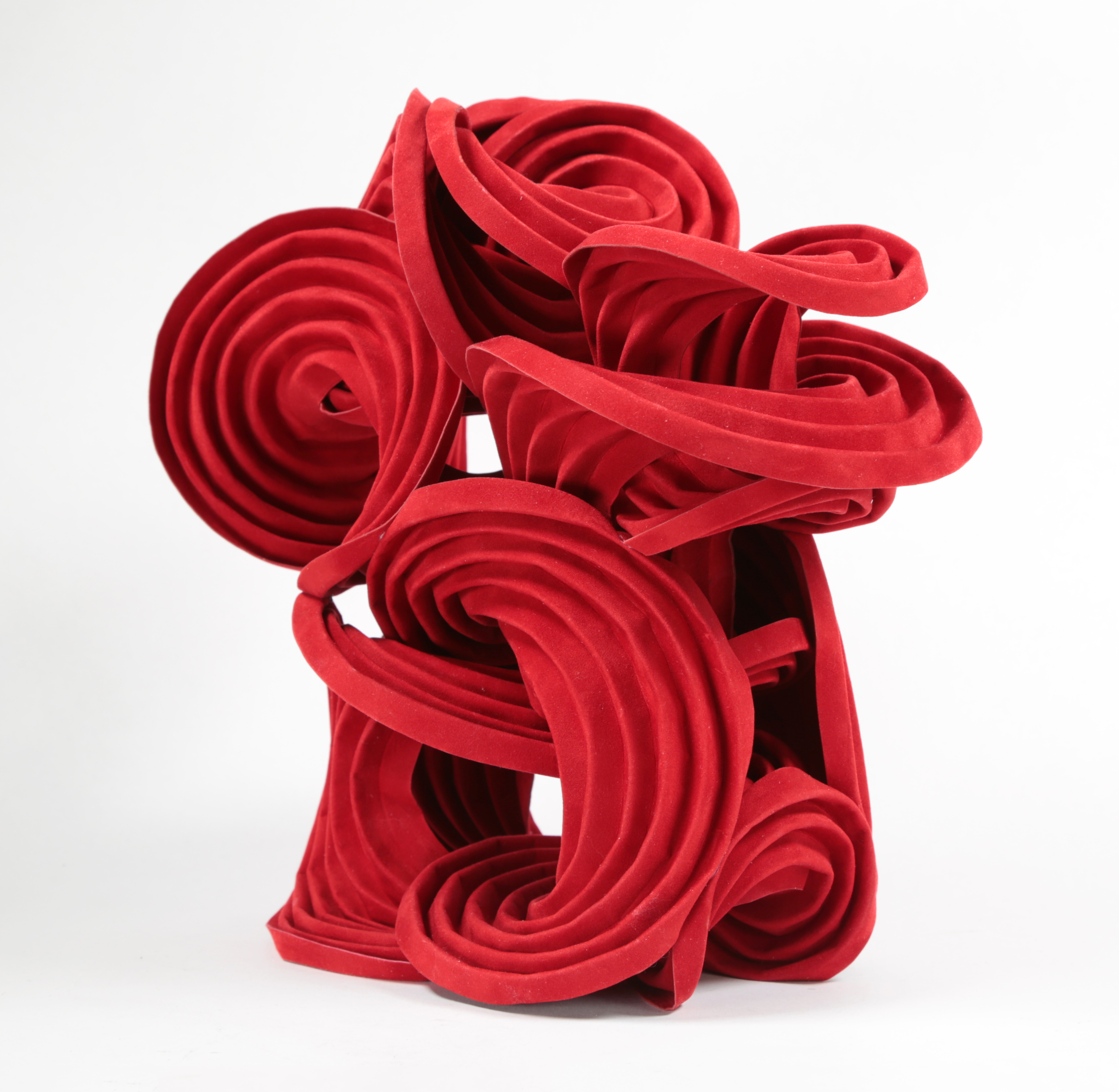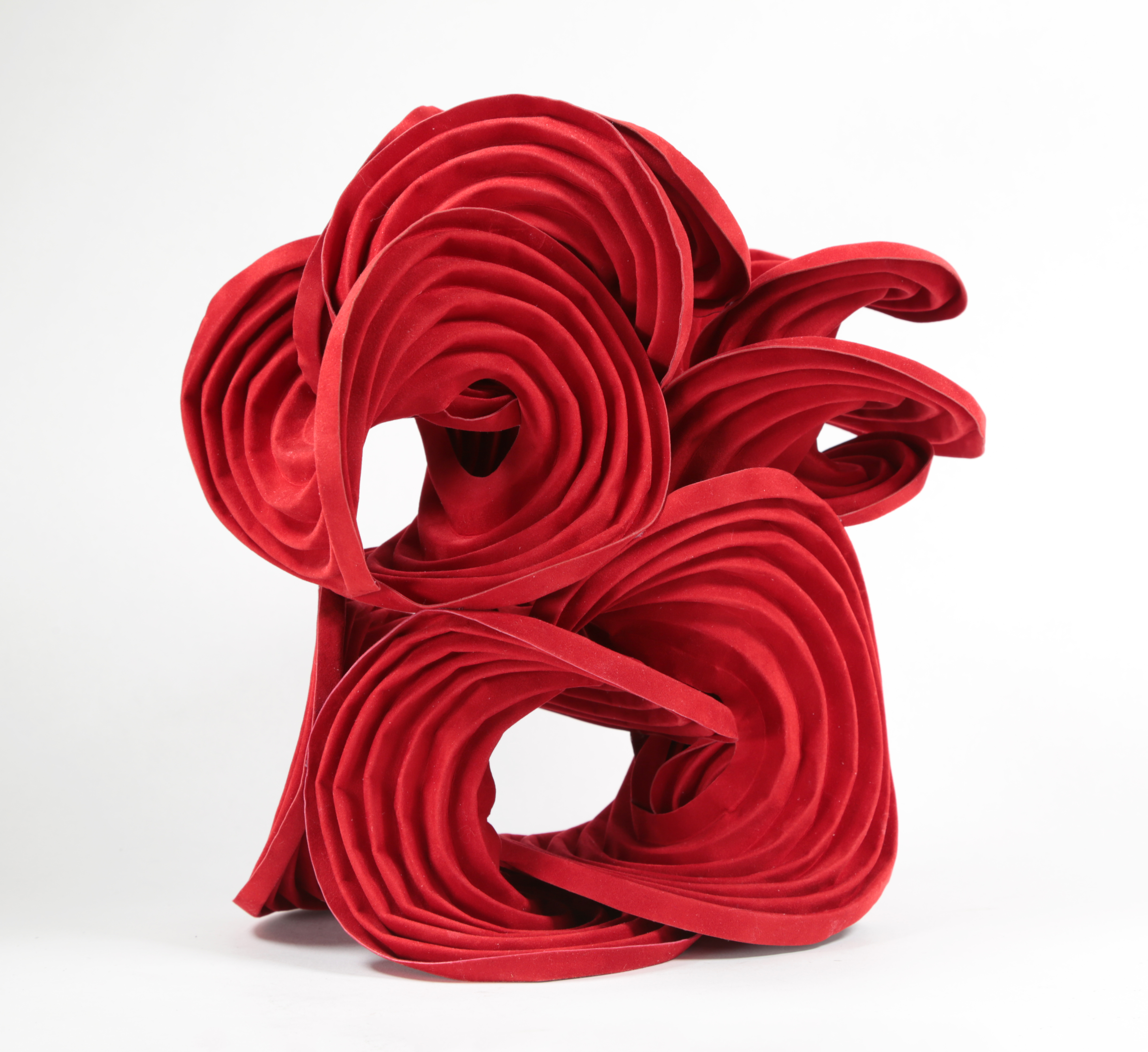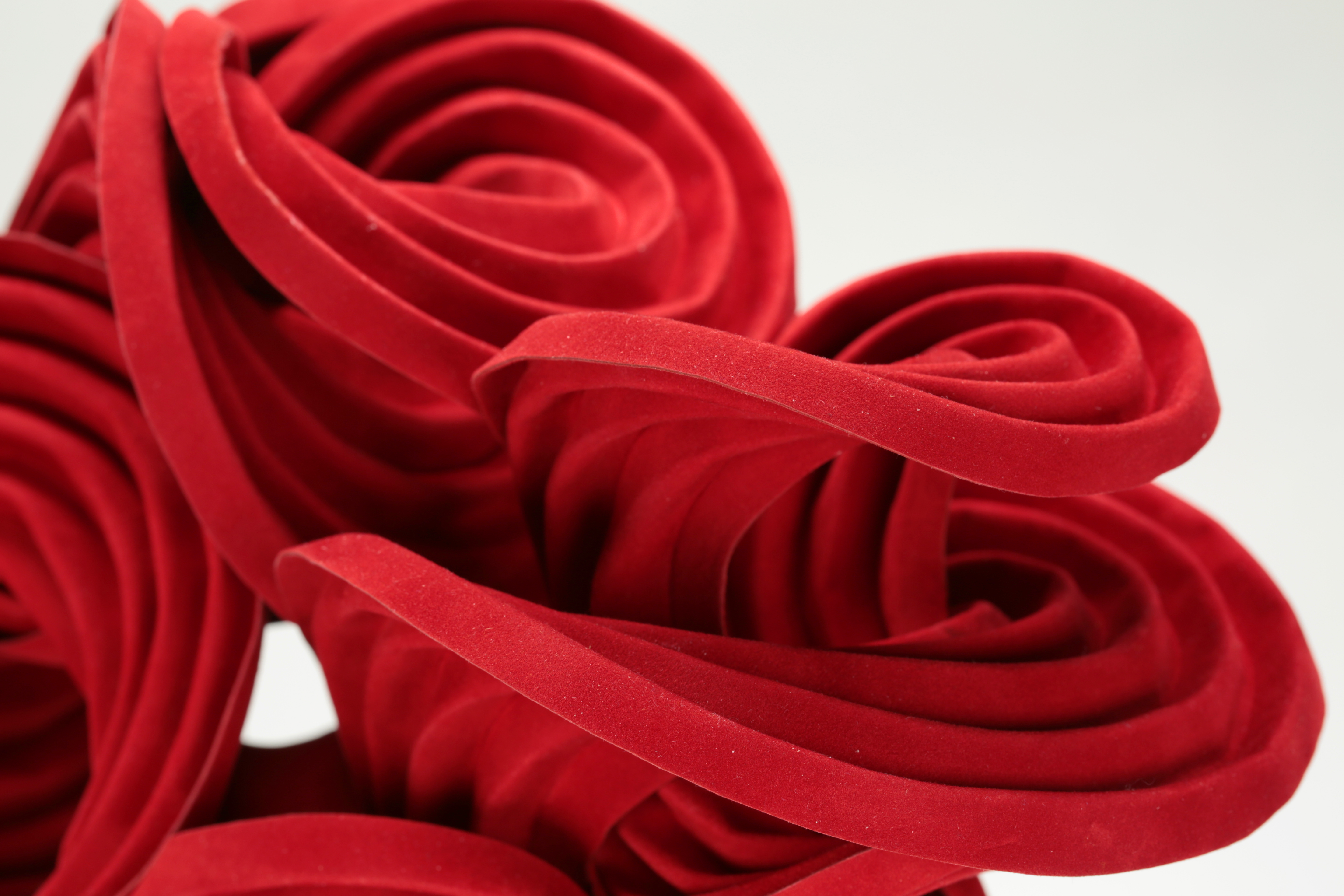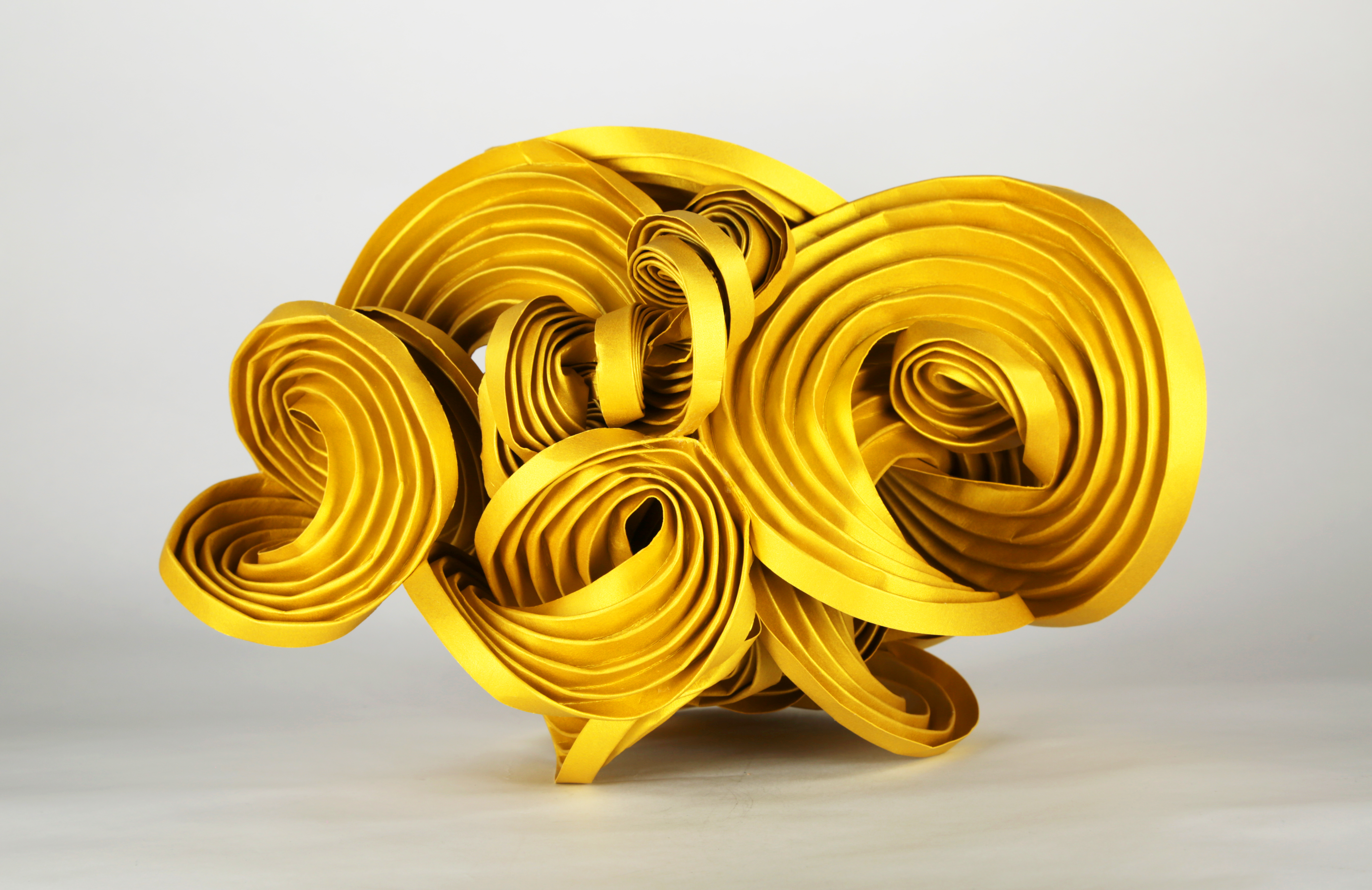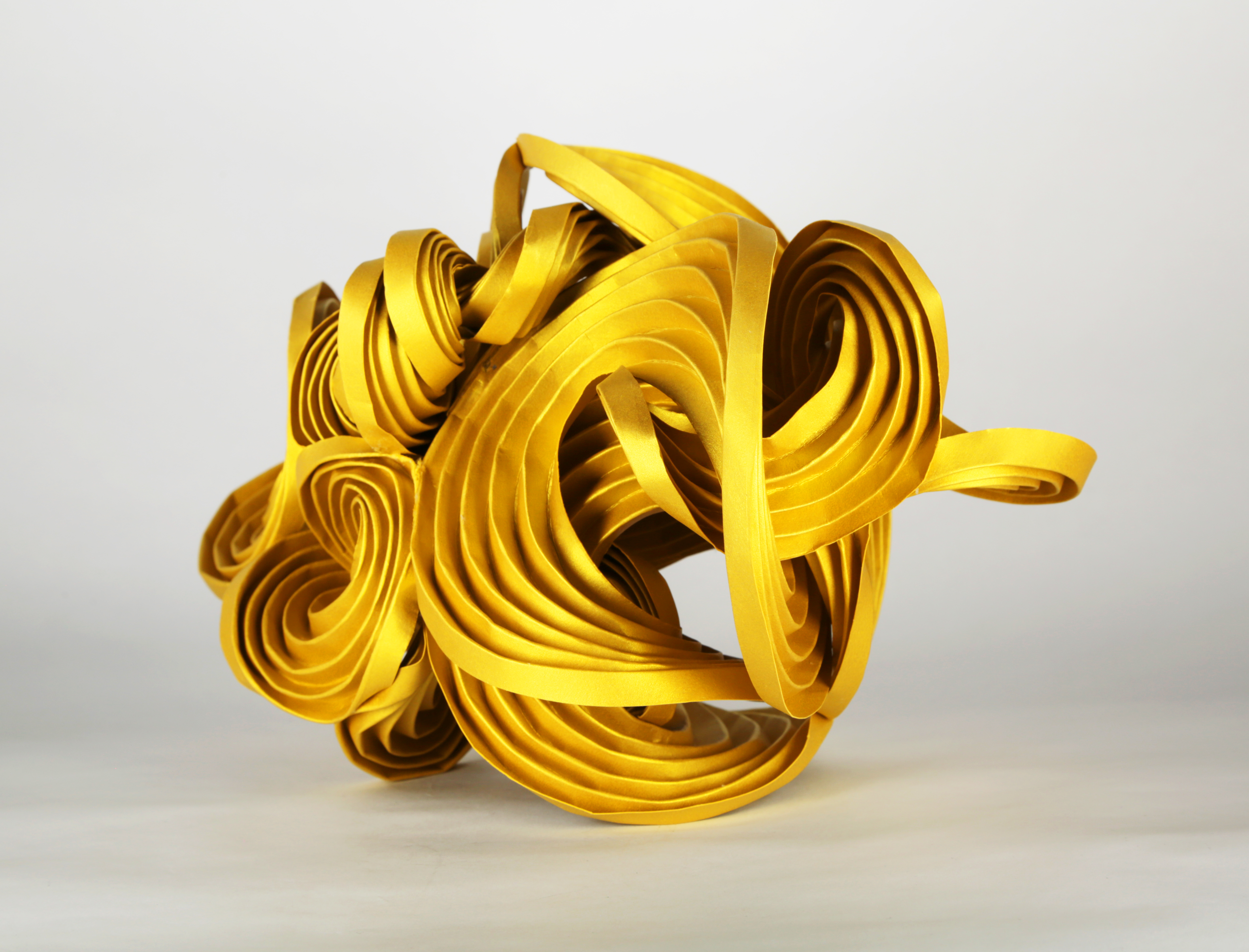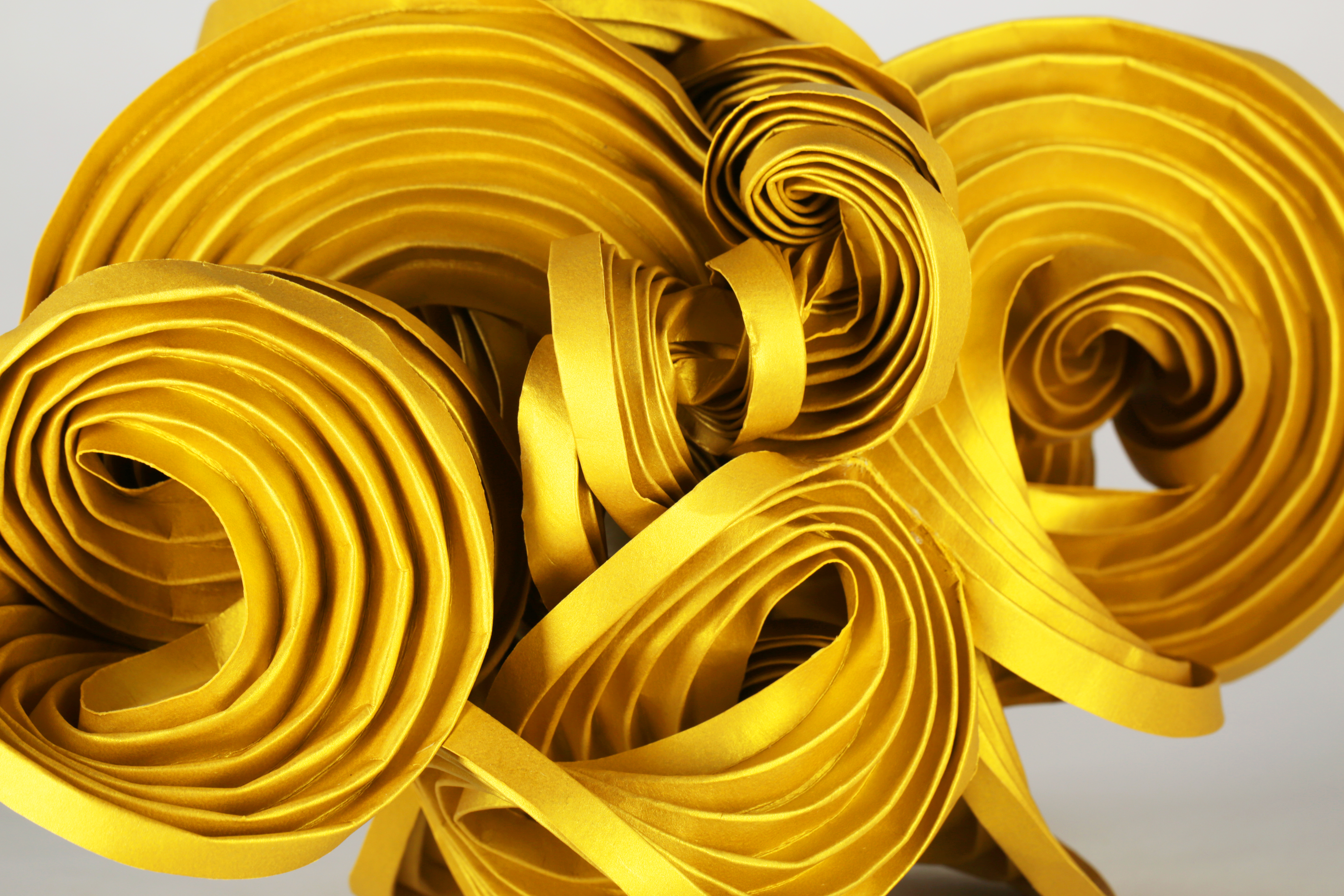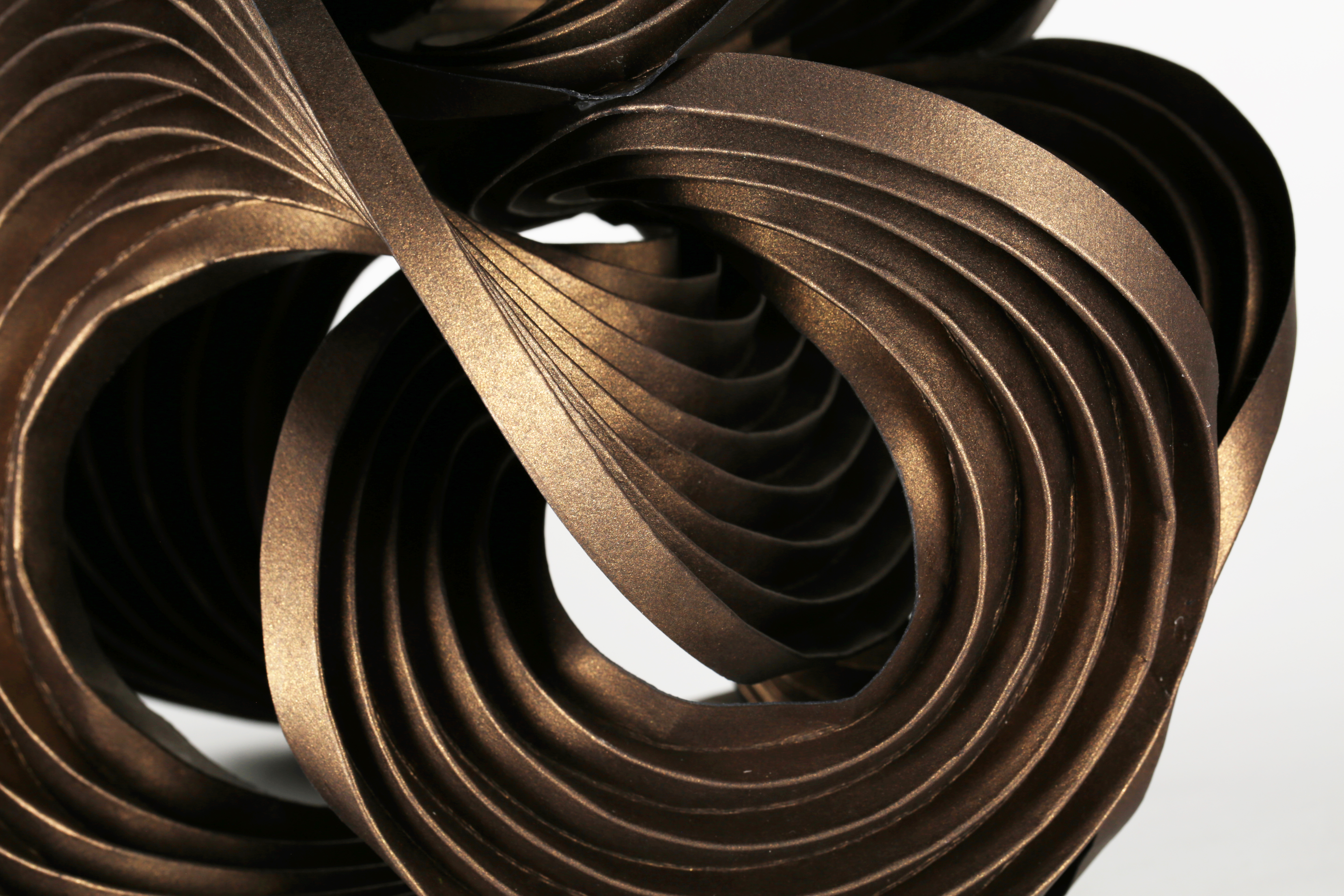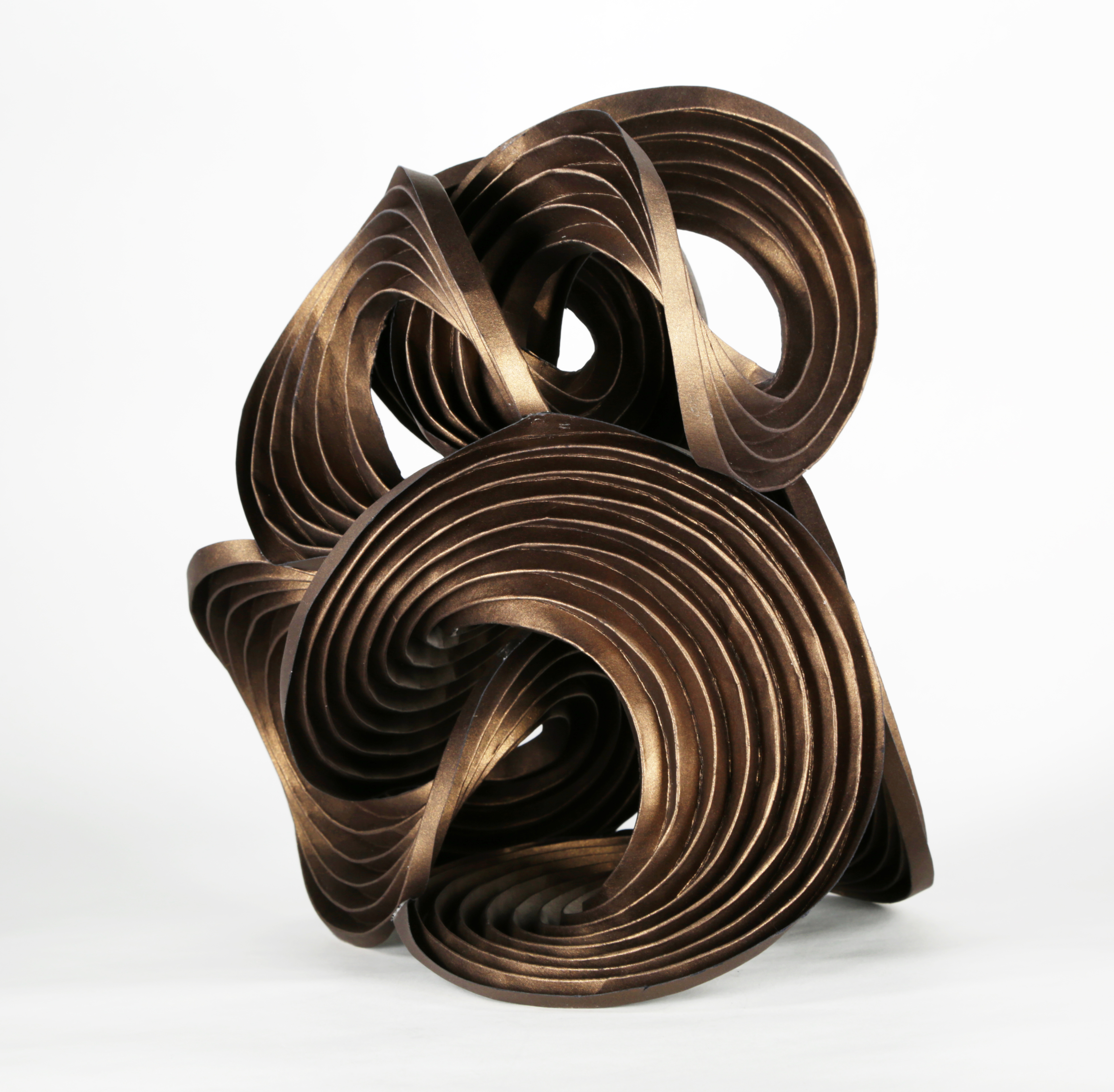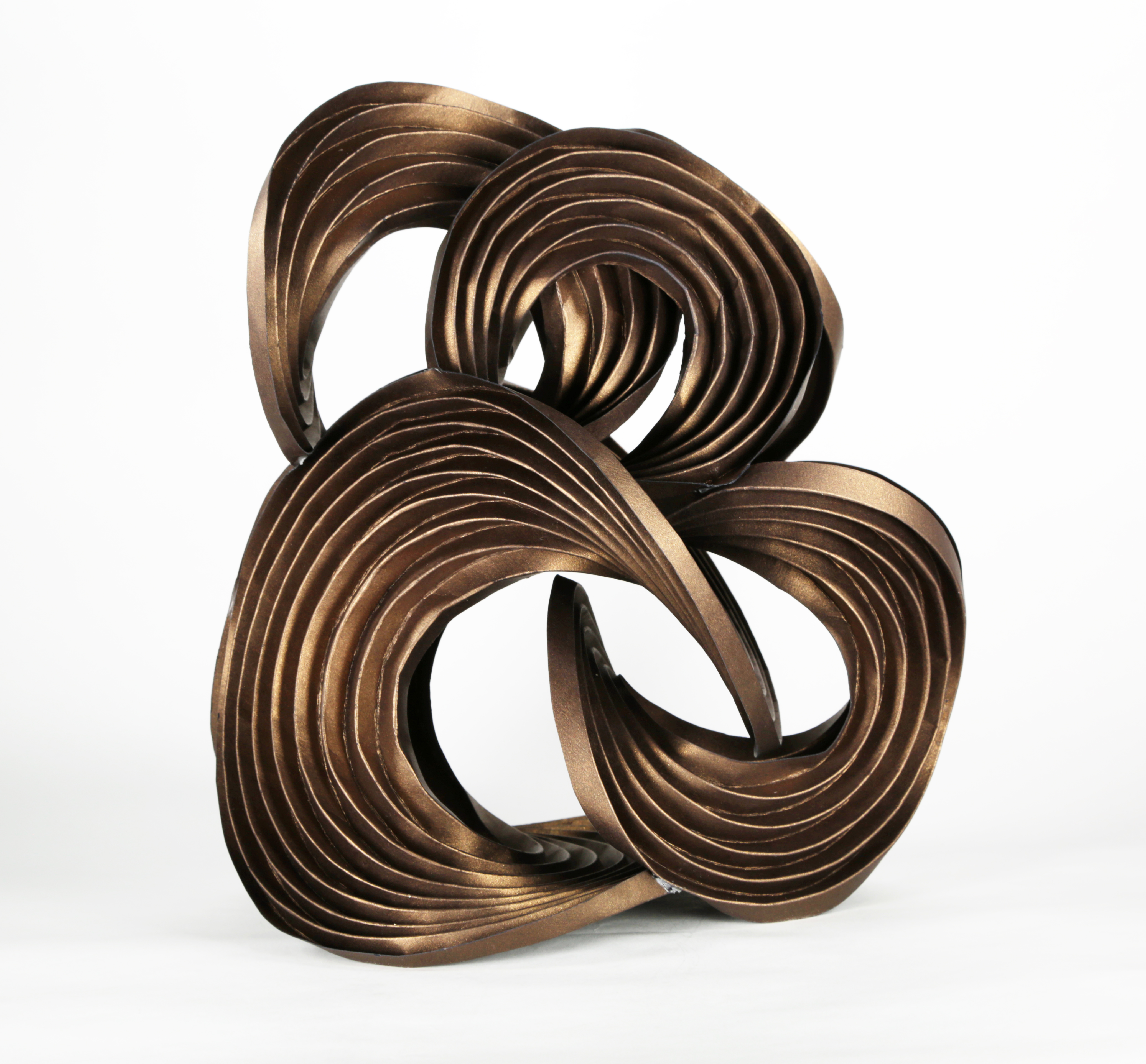ERIK & MARTIN DEMAINE
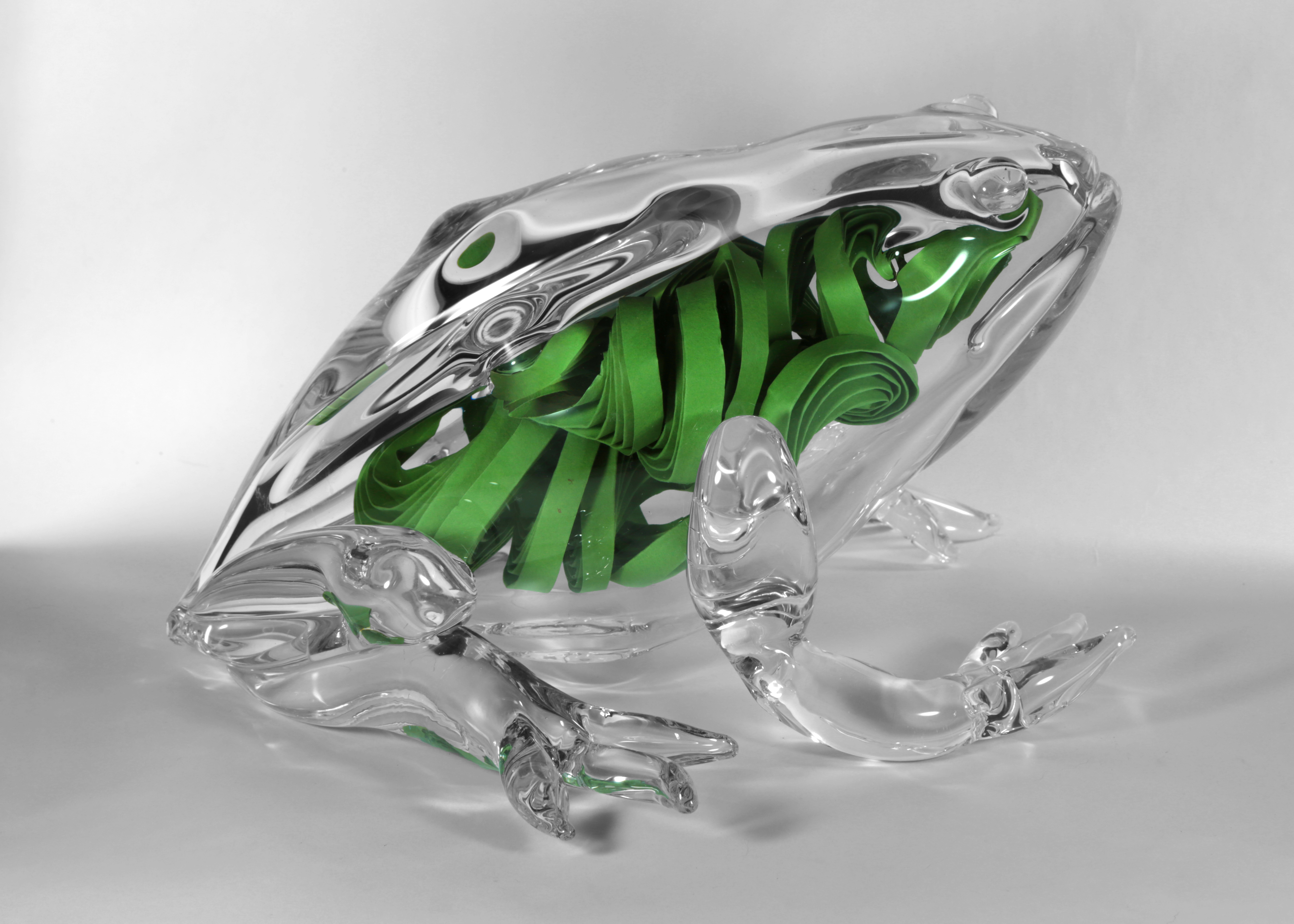
Erik Demaine, Martin Demaine & Mariel Bass
Ghost Frog II
2024
Mi-Teintes paper and hand-blown glass.
11" x 12" x 7" high
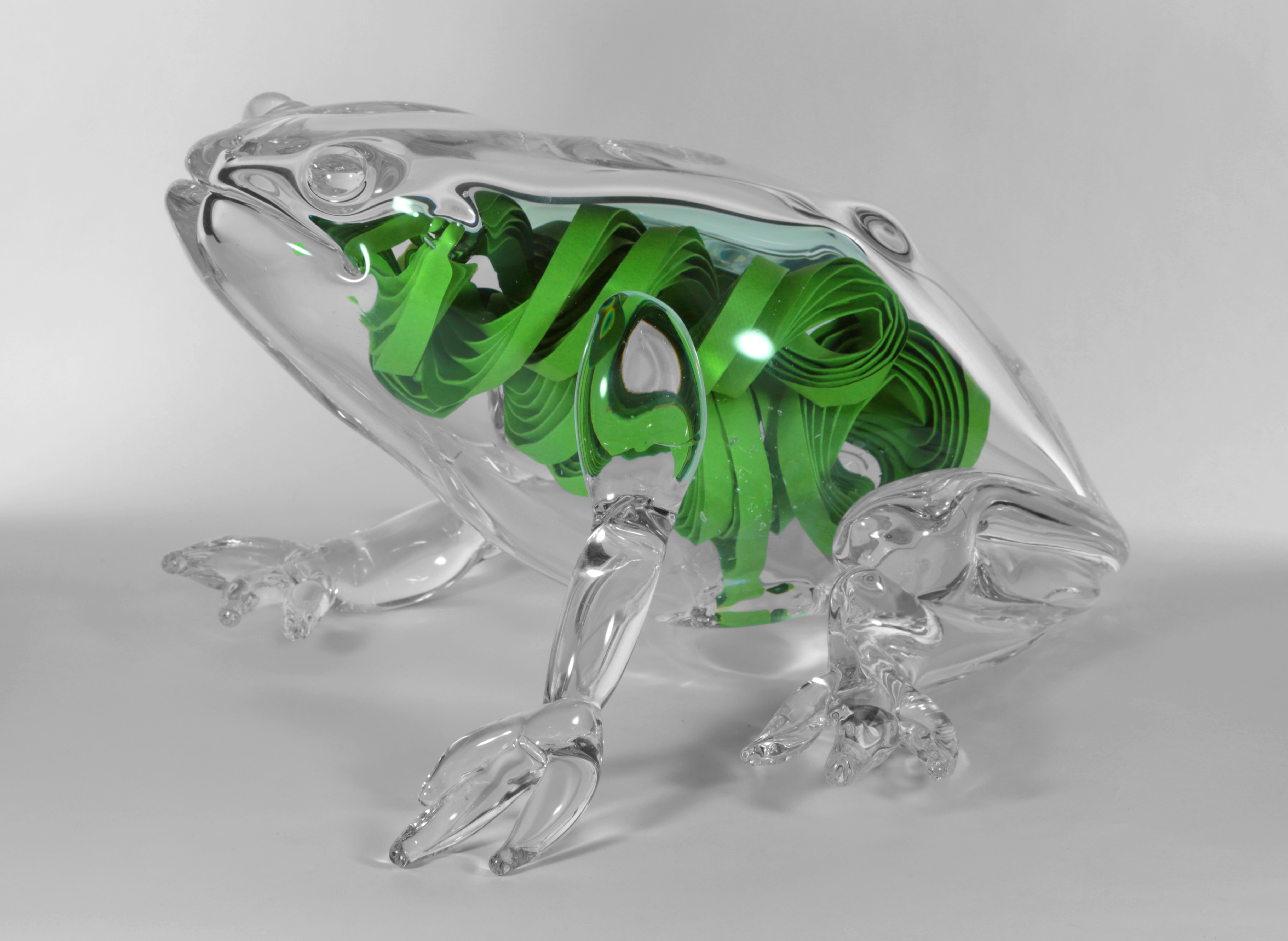
Erik Demaine, Martin Demaine & Mariel Bass
Ghost Frog II
2024
Mi-Teintes paper and hand-blown glass.
11" x 12" x 7" high
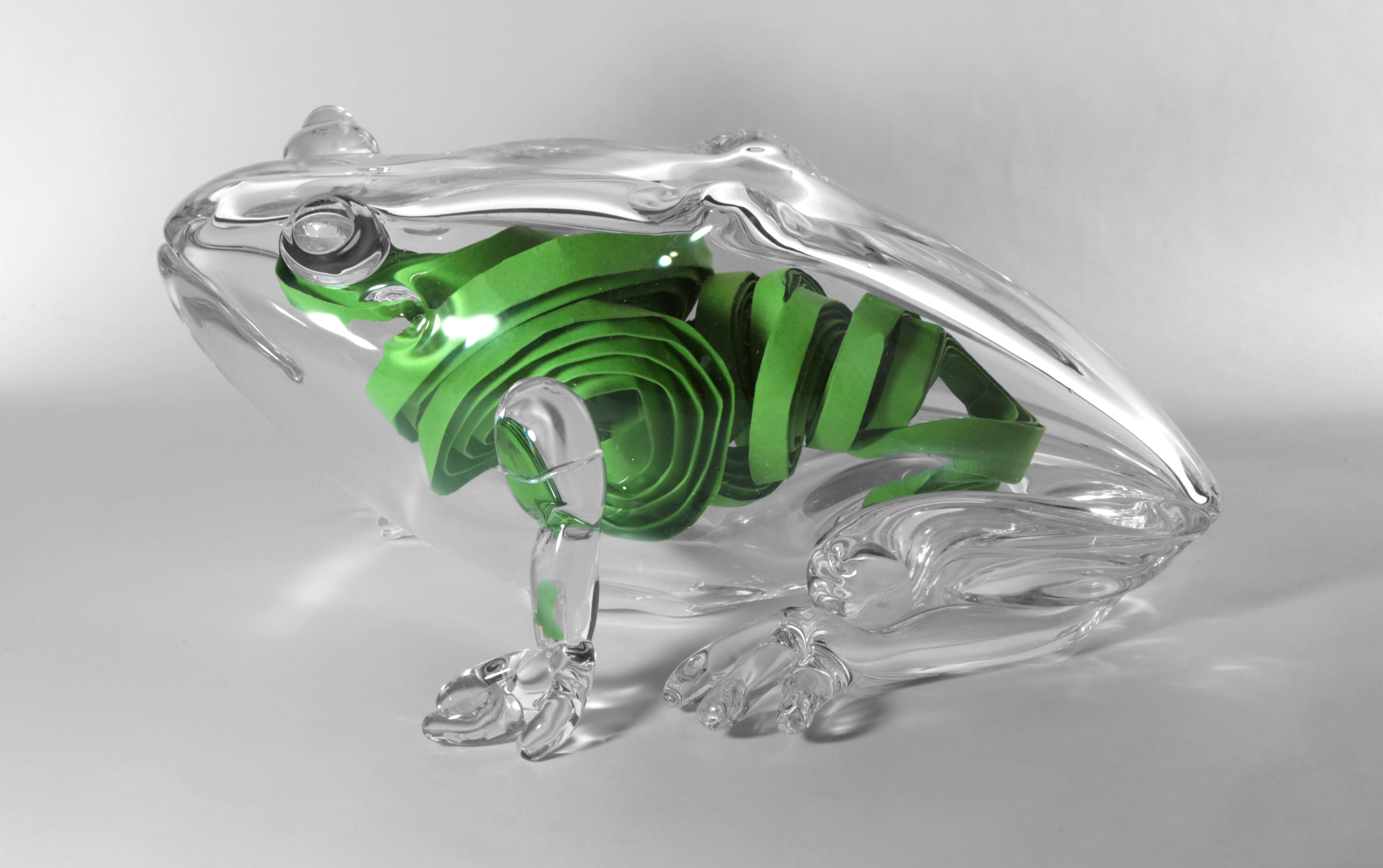
Erik Demaine, Martin Demaine & Mariel Bass
Ghost Frog I
2024
Mi-teintes paper and hand-blown glass.
11" x 9" x 5" high
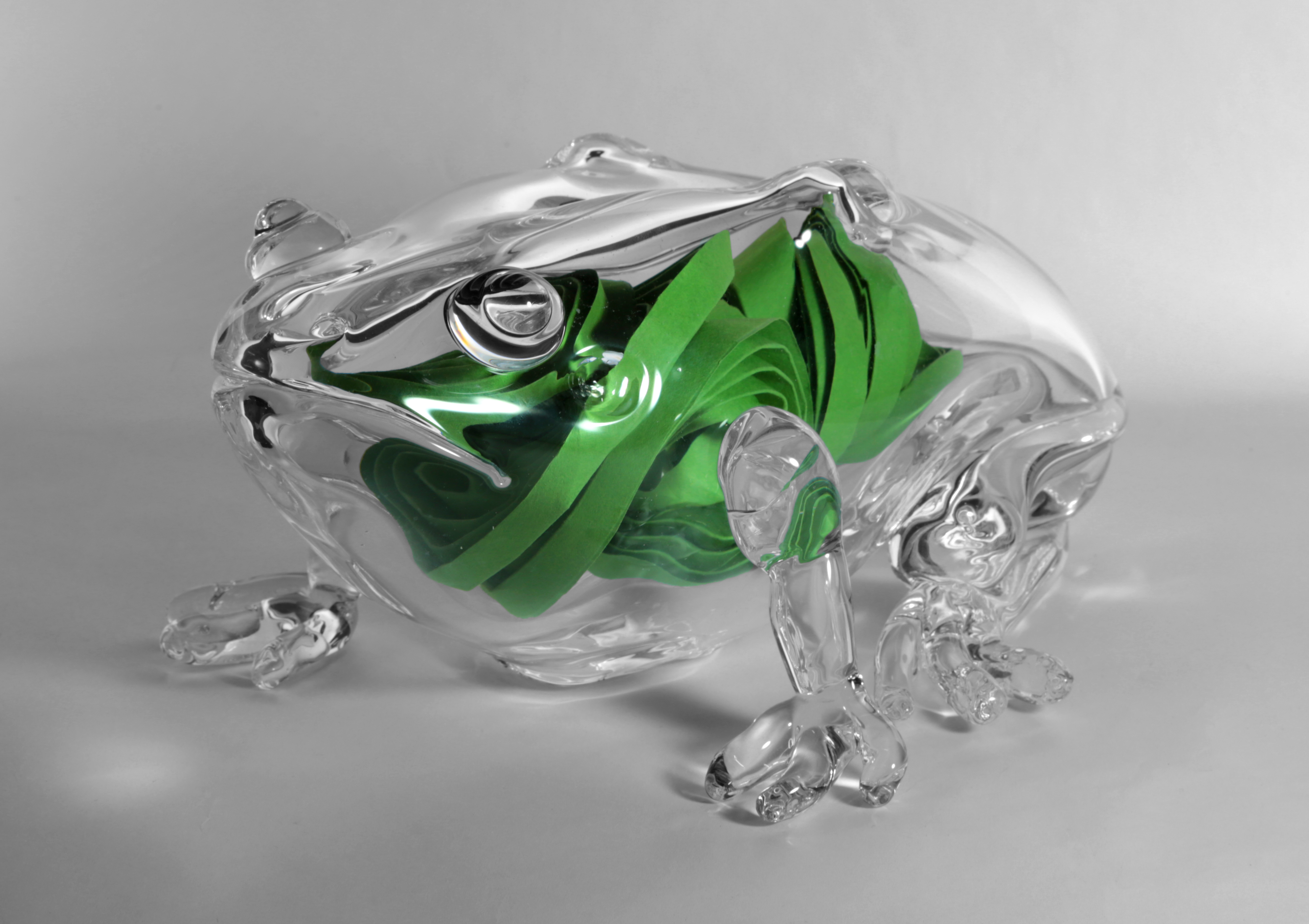
Erik Demaine, Martin Demaine & Mariel Bass
Ghost Frog I
2024
Mi-teintes paper and hand-blown glass.
11" x 9" x 5" high
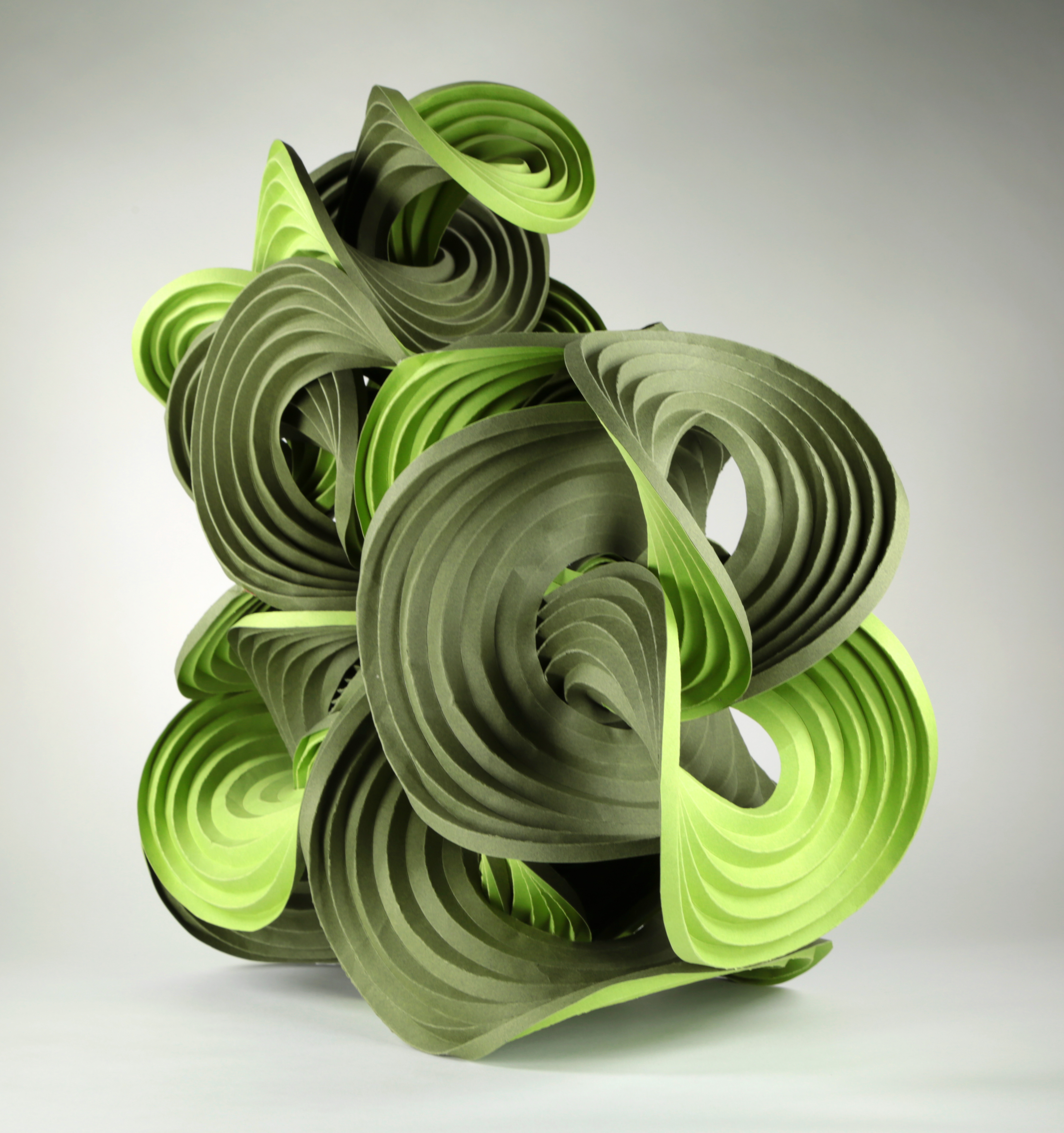
Erik Demaine & Martin Demaine
With Our Powers Combined
2022
Mi-Teintes paper
8" x 17" x 19" high
$6,000
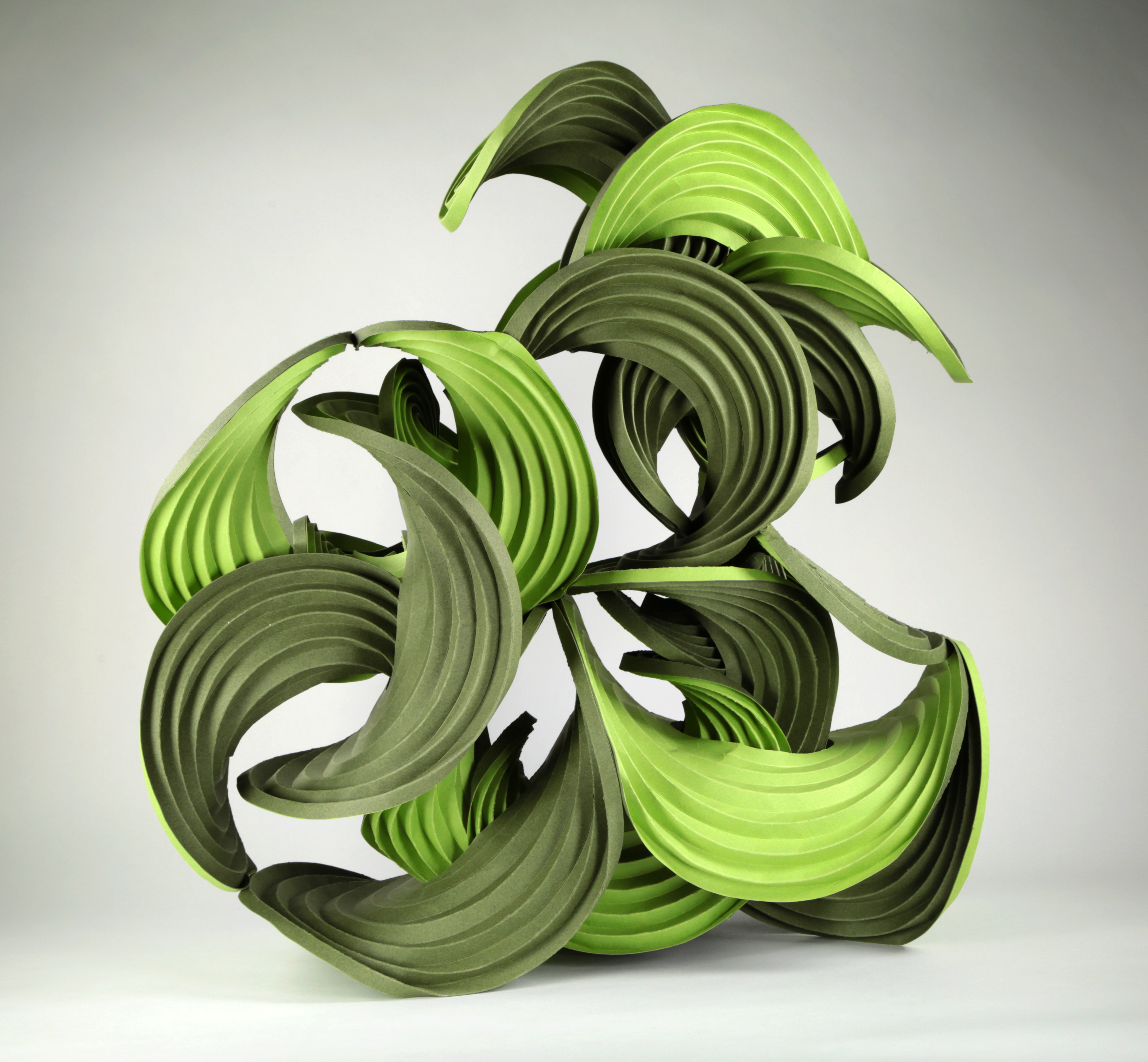
Erik Demaine & Martin Demaine
With Our Powers Combined
2022
Mi-Teintes paper
8" x 17" x 19" high
$6,000
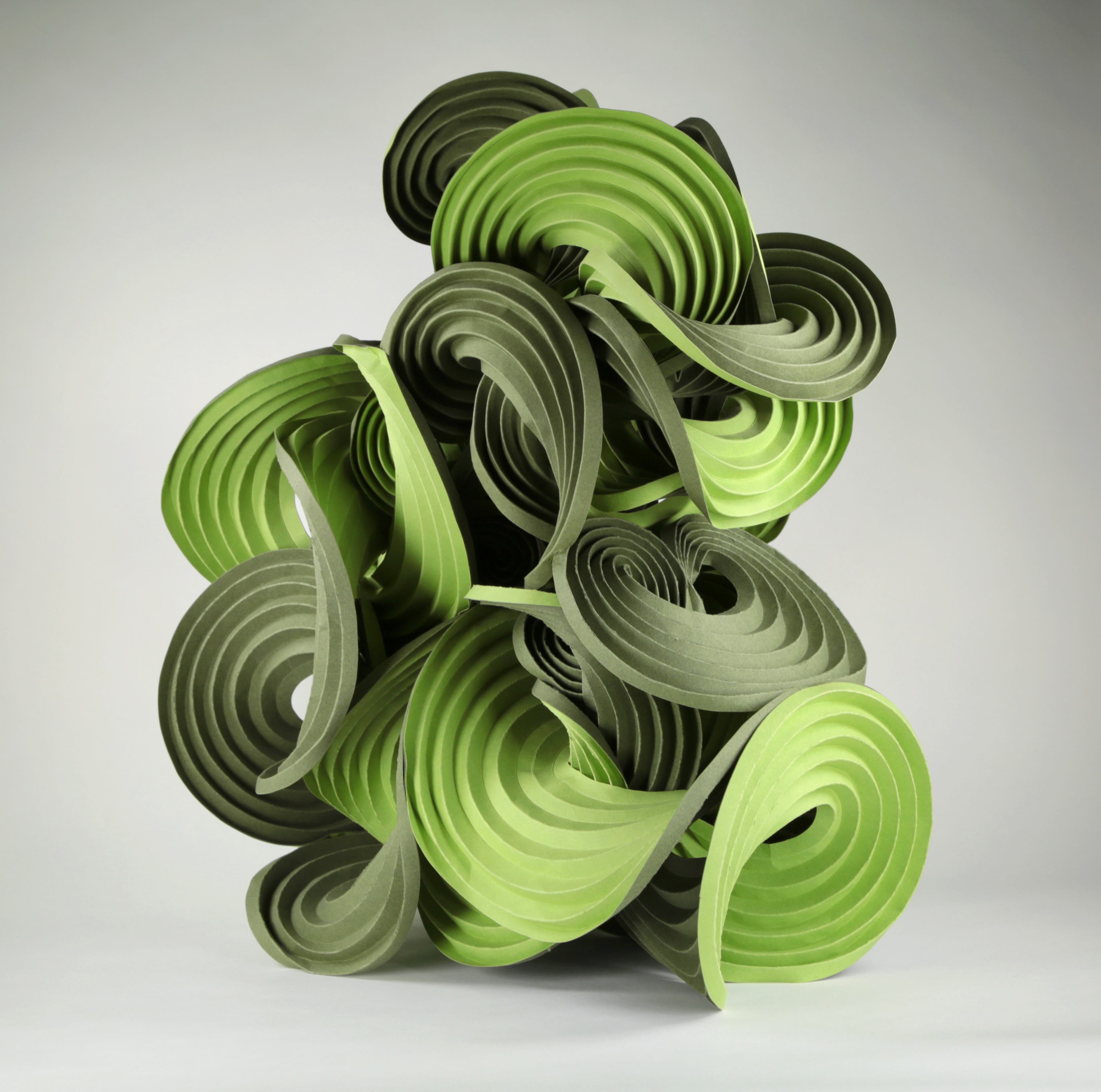
Erik Demaine & Martin Demaine
With Our Powers Combined
2022
Mi-Teintes paper
8" x 17" x 19" high
$6,000

Erik Demaine & Martin Demaine
Ocean Bottle
Mi-Teintes watercolor paper and hand-blown glass.
$4,000
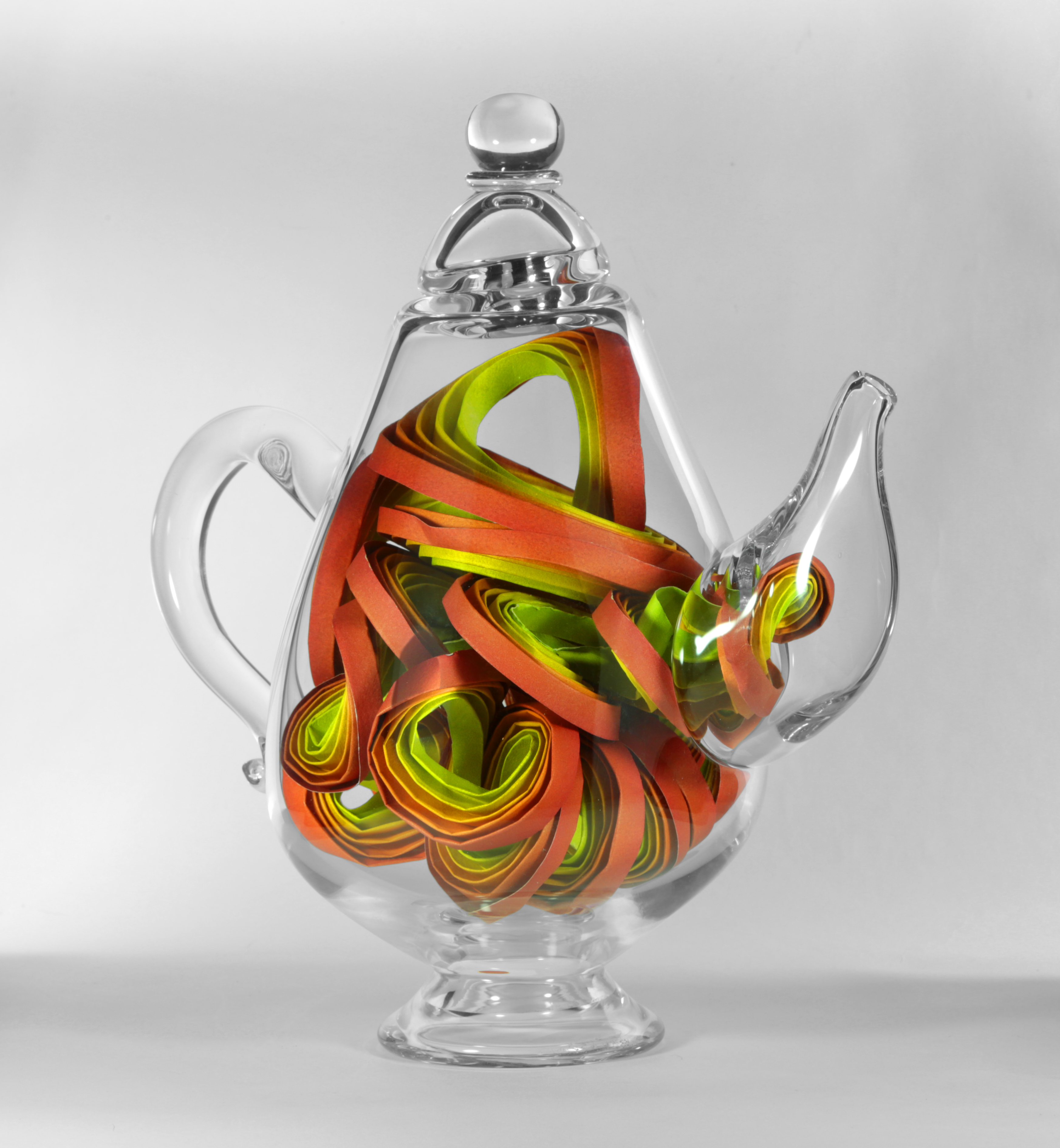
Erik Demaine, Martin Demaine & Mariel Bass
Autumn Swirl
2024
Teapot. Mi-Teintes paper and hand-blown glass.
11" x 6" x 12"
$4,000.
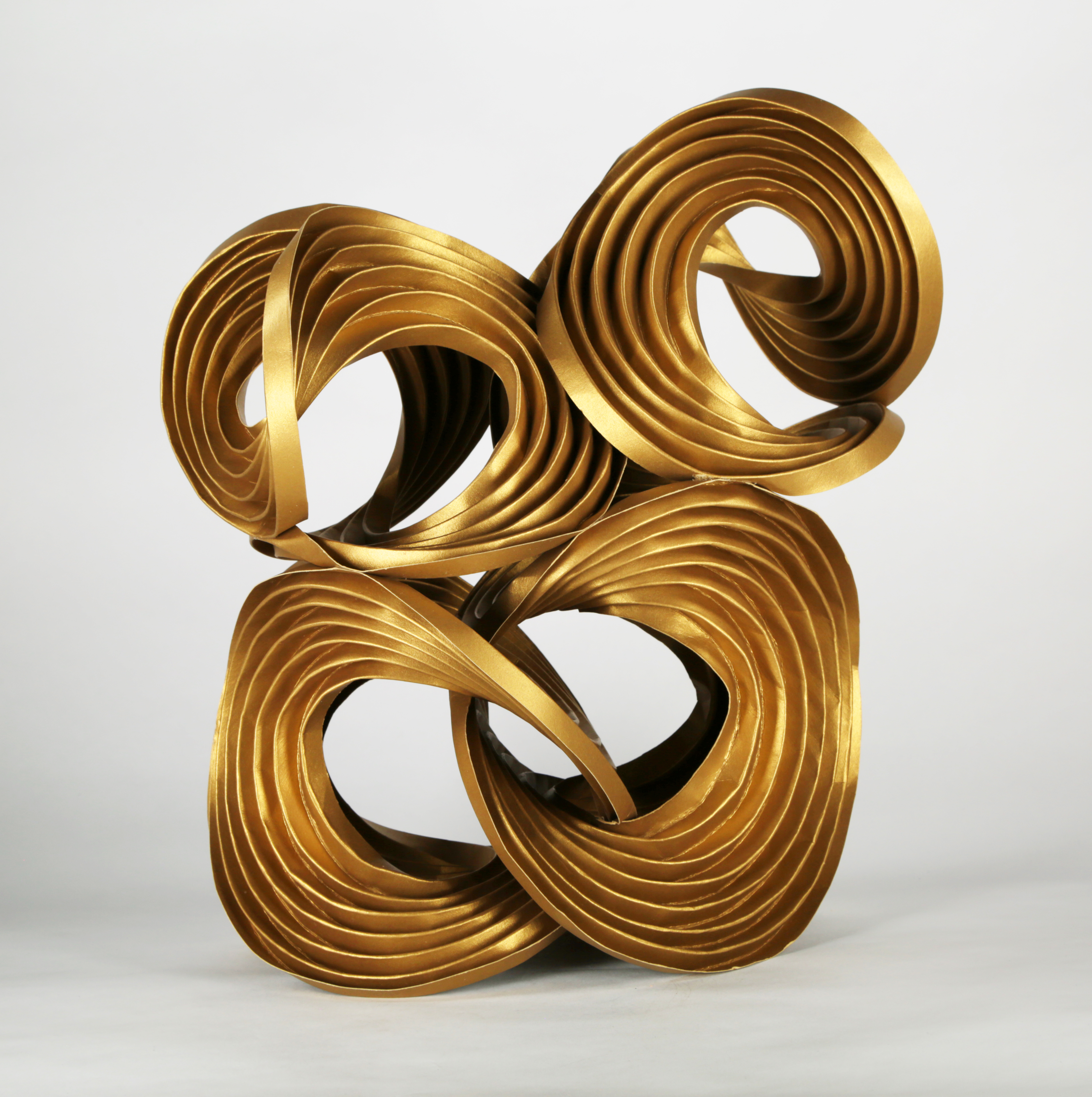
Erik Demaine & Martin Demaine
Four Golden Rings
2021
Antique Gold Stardream paper
7" × 10" × 12" high
$4,500
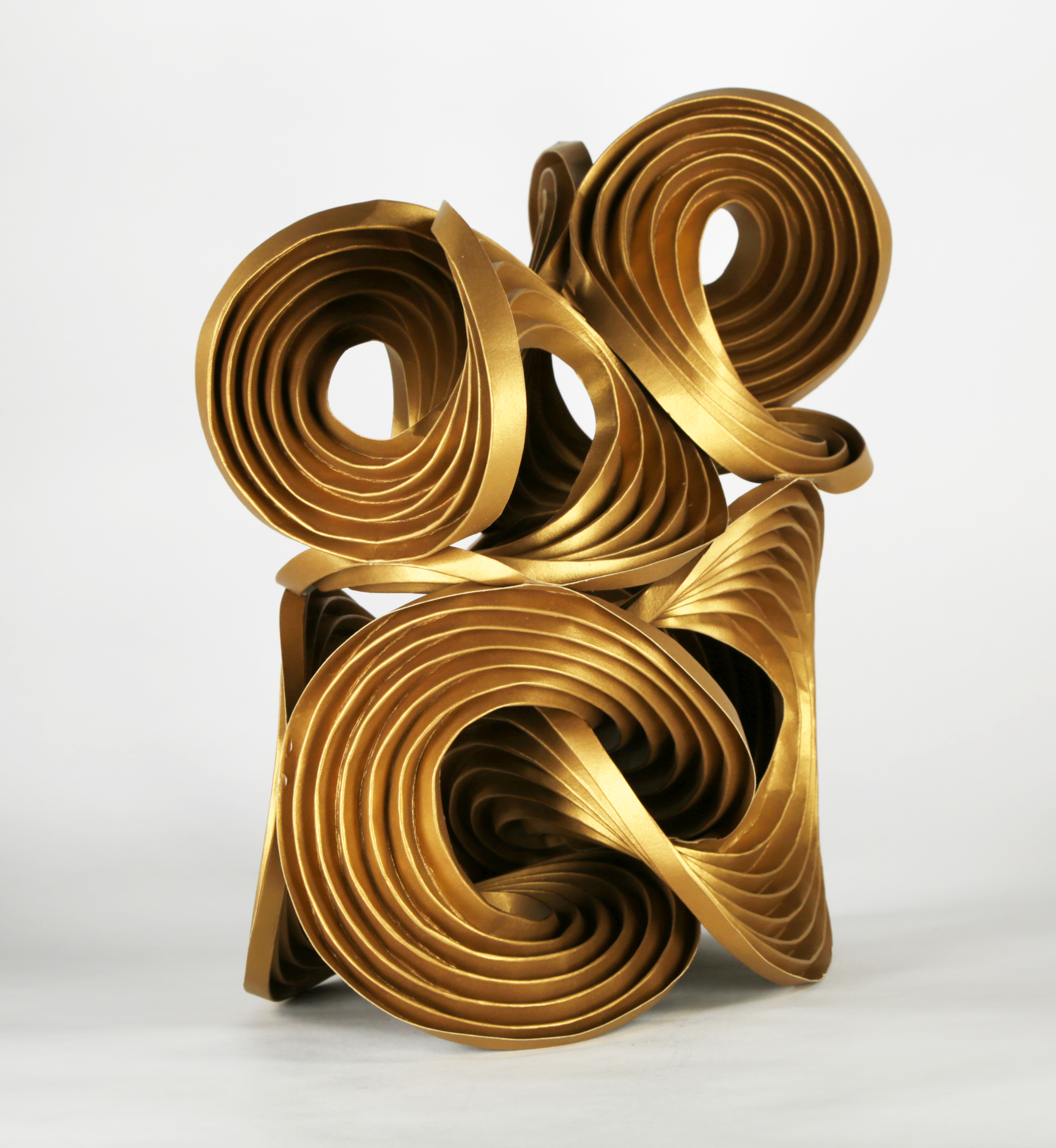
Erik Demaine & Martin Demaine
Four Golden Rings
2021
Antique Gold Stardream paper
7" × 10" × 12" high
$4,500
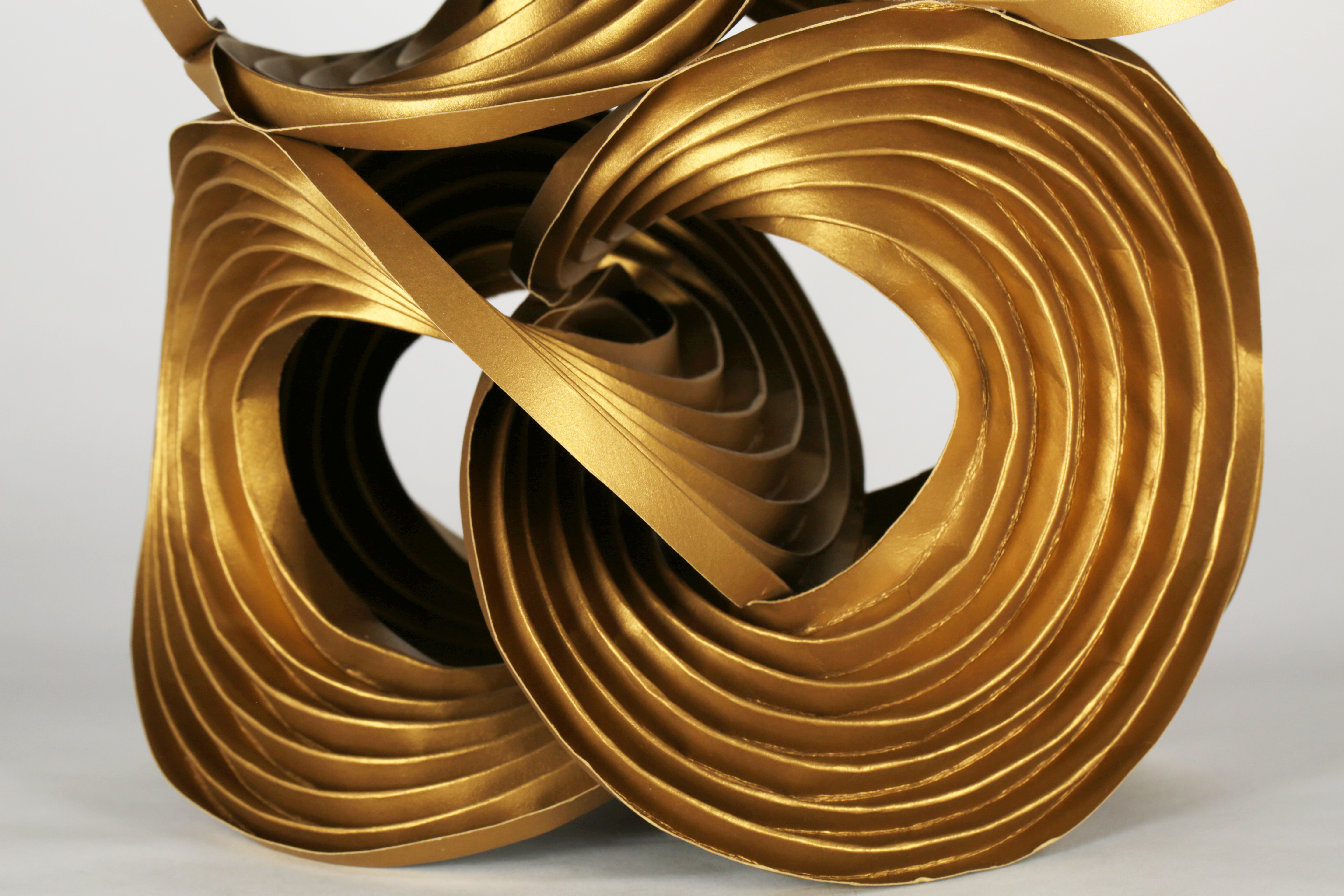
Erik Demaine & Martin Demaine
Four Golden Rings
2021
Antique Gold Stardream paper
7" × 10" × 12" high
$4,500
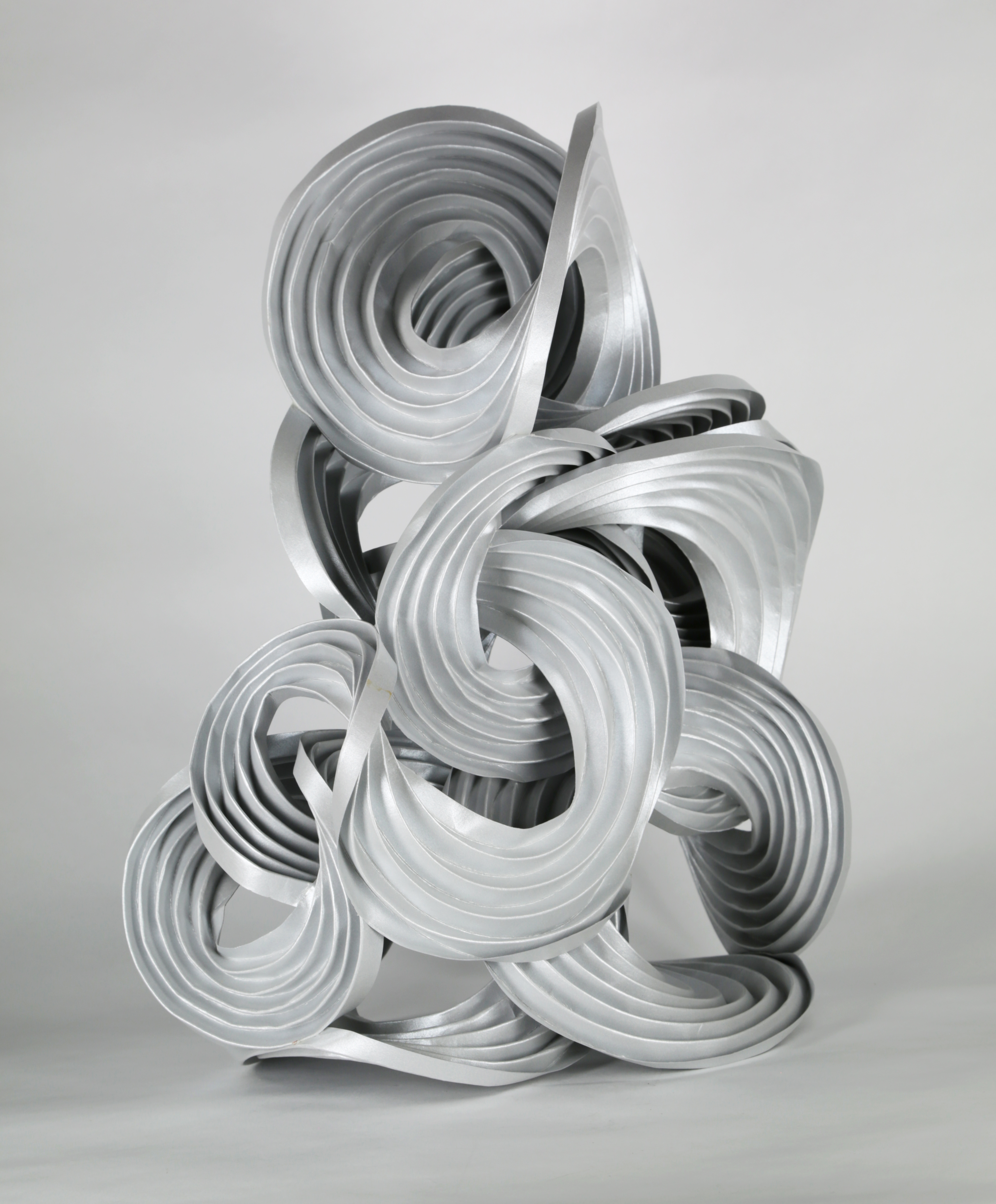
Erik Demaine & Martin Demaine
Sterling Tower
2021
Silver Stardream paper
8" × 10" × 15" high
$6,500
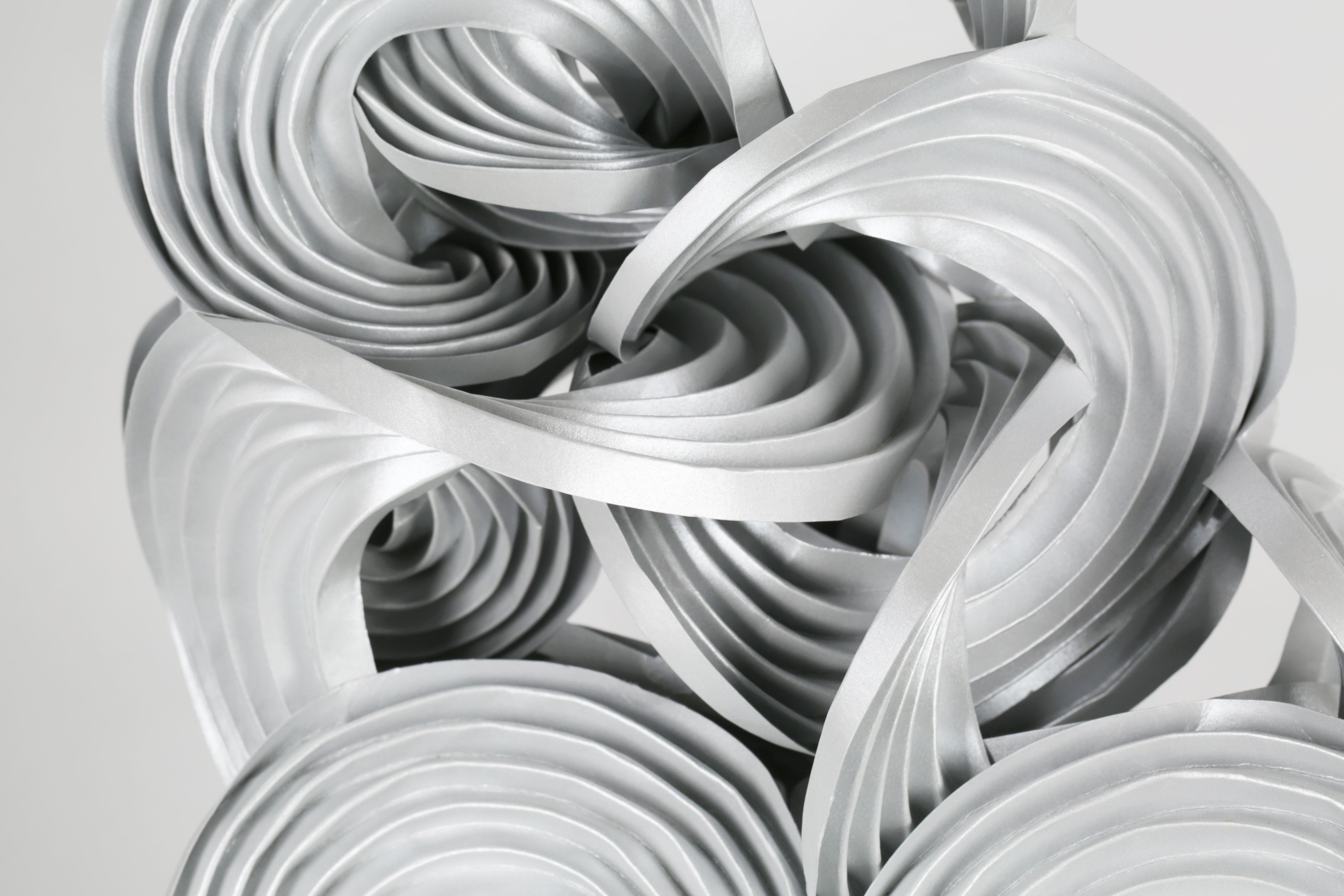
Erik Demaine & Martin Demaine
Sterling Tower
2021
Silver Stardream paper
8" × 10" × 15" high
$6,500

Erik Demaine, Martin Demaine & Mariel Bass
Ghost Frog II
2024
Mi-Teintes paper and hand-blown glass.
11″ x 12″ x 7″ high

Erik Demaine, Martin Demaine & Mariel Bass
Ghost Frog II
2024
Mi-Teintes paper and hand-blown glass.
11″ x 12″ x 7″ high

Erik Demaine, Martin Demaine & Mariel Bass
Ghost Frog I
2024
Mi-teintes paper and hand-blown glass.
11″ x 9″ x 5″ high

Erik Demaine, Martin Demaine & Mariel Bass
Ghost Frog I
2024
Mi-teintes paper and hand-blown glass.
11″ x 9″ x 5″ high

Erik Demaine, Martin Demaine & Mariel Bass
Autumn Swirl
2024
Teapot. Mi-Teintes paper and hand-blown glass.
11″ x 6″ x 12″

Erik Demaine & Martin Demaine
Four Golden Rings
2021
Antique Gold Stardream paper
7″ × 10″ × 12″ high

Erik Demaine & Martin Demaine
Four Golden Rings
2021
Antique Gold Stardream paper
7″ × 10″ × 12″ high

Erik Demaine & Martin Demaine
Four Golden Rings
2021
Antique Gold Stardream paper
7″ × 10″ × 12″ high
- IMAGES:
- /

Erik Demaine, Martin Demaine & Mariel Bass
Ghost Frog II
2024
Mi-Teintes paper and hand-blown glass.
11" x 12" x 7" high

Erik Demaine, Martin Demaine & Mariel Bass
Ghost Frog II
2024
Mi-Teintes paper and hand-blown glass.
11" x 12" x 7" high

Erik Demaine, Martin Demaine & Mariel Bass
Ghost Frog I
2024
Mi-teintes paper and hand-blown glass.
11" x 9" x 5" high

Erik Demaine, Martin Demaine & Mariel Bass
Ghost Frog I
2024
Mi-teintes paper and hand-blown glass.
11" x 9" x 5" high

Erik Demaine & Martin Demaine
With Our Powers Combined
2022
Mi-Teintes paper
8" x 17" x 19" high
$6,000

Erik Demaine & Martin Demaine
With Our Powers Combined
2022
Mi-Teintes paper
8" x 17" x 19" high
$6,000

Erik Demaine & Martin Demaine
With Our Powers Combined
2022
Mi-Teintes paper
8" x 17" x 19" high
$6,000

Erik Demaine & Martin Demaine
Ocean Bottle
Mi-Teintes watercolor paper and hand-blown glass.
$4,000

Erik Demaine, Martin Demaine & Mariel Bass
Autumn Swirl
2024
Teapot. Mi-Teintes paper and hand-blown glass.
11" x 6" x 12"
$4,000.

Erik Demaine & Martin Demaine
Four Golden Rings
2021
Antique Gold Stardream paper
7" × 10" × 12" high
$4,500

Erik Demaine & Martin Demaine
Four Golden Rings
2021
Antique Gold Stardream paper
7" × 10" × 12" high
$4,500

Erik Demaine & Martin Demaine
Four Golden Rings
2021
Antique Gold Stardream paper
7" × 10" × 12" high
$4,500

Erik Demaine & Martin Demaine
Sterling Tower
2021
Silver Stardream paper
8" × 10" × 15" high
$6,500

Erik Demaine & Martin Demaine
Sterling Tower
2021
Silver Stardream paper
8" × 10" × 15" high
$6,500

Erik Demaine, Martin Demaine & Mariel Bass
Ghost Frog II
2024
Mi-Teintes paper and hand-blown glass.
11″ x 12″ x 7″ high

Erik Demaine, Martin Demaine & Mariel Bass
Ghost Frog II
2024
Mi-Teintes paper and hand-blown glass.
11″ x 12″ x 7″ high

Erik Demaine, Martin Demaine & Mariel Bass
Ghost Frog I
2024
Mi-teintes paper and hand-blown glass.
11″ x 9″ x 5″ high

Erik Demaine, Martin Demaine & Mariel Bass
Ghost Frog I
2024
Mi-teintes paper and hand-blown glass.
11″ x 9″ x 5″ high

Erik Demaine, Martin Demaine & Mariel Bass
Autumn Swirl
2024
Teapot. Mi-Teintes paper and hand-blown glass.
11″ x 6″ x 12″

Erik Demaine & Martin Demaine
Four Golden Rings
2021
Antique Gold Stardream paper
7″ × 10″ × 12″ high

Erik Demaine & Martin Demaine
Four Golden Rings
2021
Antique Gold Stardream paper
7″ × 10″ × 12″ high

Erik Demaine & Martin Demaine
Four Golden Rings
2021
Antique Gold Stardream paper
7″ × 10″ × 12″ high
ERIK & MARTIN DEMAINE
We are pleased to announce that Erik & Martine Demaine’s work has recently been featured in Craft in America’s SCIENCE episode, which explores the connection between science and art.
The episode is now available for streaming on YouTube and the PBS app. We have included the episode below for your viewing pleasure.
SCIENCE investigates the unexpected intersection between art and the sciences, spanning technology, engineering, biology, math, and the climate emergency. Nature, space, algorithms, and more serve as inspiration for artists connecting their work to the world around them, from the Santa Clara Pueblo in New Mexico to the computer science labs of MIT to NASA.
The featured artists include Erik & Martin Demaine, John Luebtow, Chris Maynard, Karen Nyberg, Joan Takayama-Ogawa, and Joseph & Sergio Youngblood Lugo.
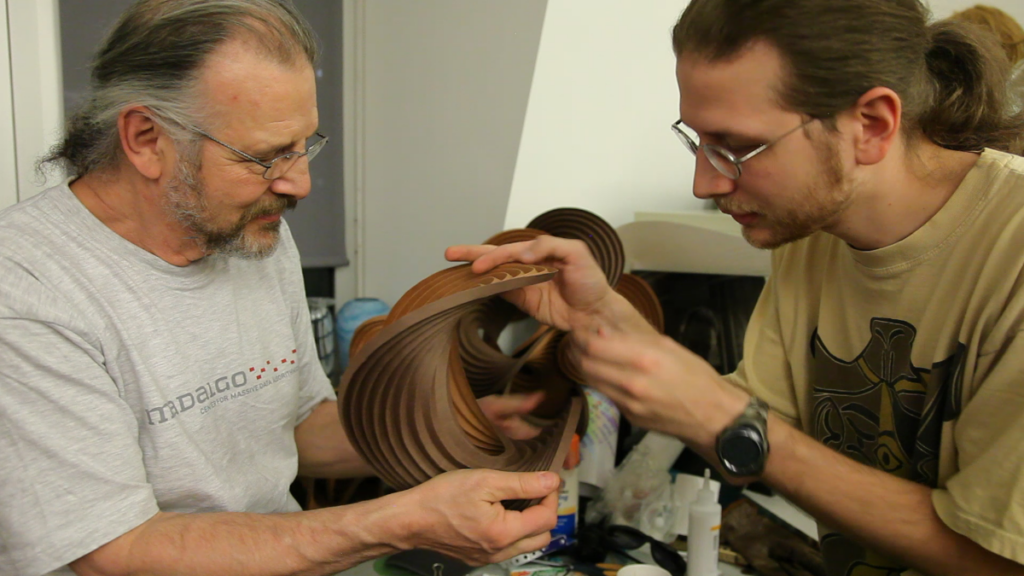
Erik and Martin Demaine, the dynamic father-son math-art team, started collaborating on artwork when Erik was 11. In 1987 (when Erik was six), before they begin their art collaboration, they founded the Erik and Dad Puzzle Company – selling hand-fabricated puzzles to discerning collectors.
Both artists bring a great deal of skill and thought to each piece that is carefully created — continually exploring new ways to push the boundaries of their medium and techniques.
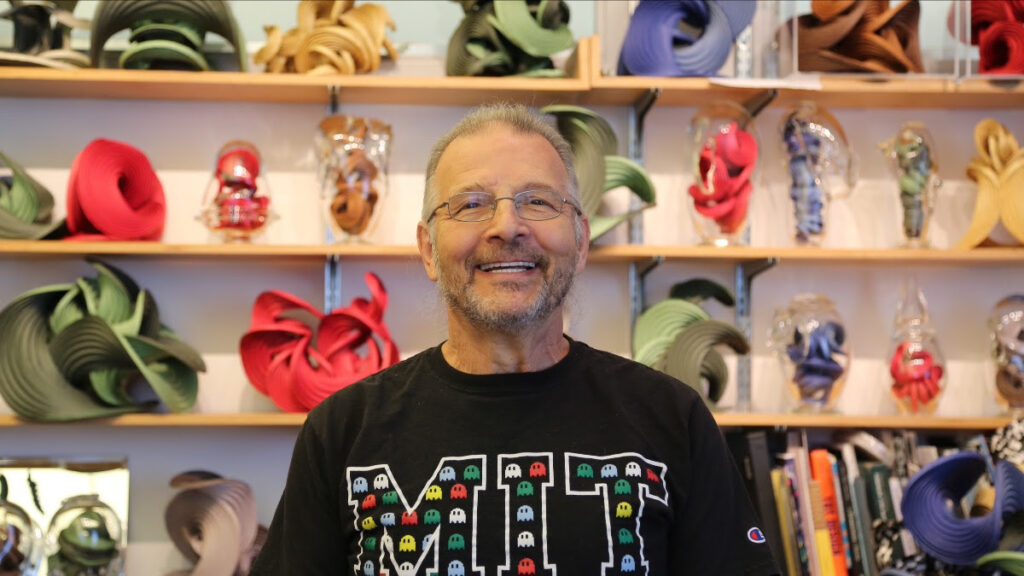
Martin Demaine was born in Boston in 1942 and grew up in Medford, Massachusetts. After graduating high school, he decided to study glassmaking in the United Kingdom. In the early 1970s Martin moved to New Brunswick, Canada where he established the first private hot glass studio in Canada. He is known as the father of Contemporary Canadian Glass. In 2005, Martin joined Massachusetts Institute of Technology (MIT) as the Angelika and Barton Weller artist in residence and as an instructor in the MIT Glass Lab. In 2013, Martin was awarded a fellowship by the John Simon Guggenheim Memorial Foundation and 2016 received the Rare Craft Fellowship from the American Craft Council.
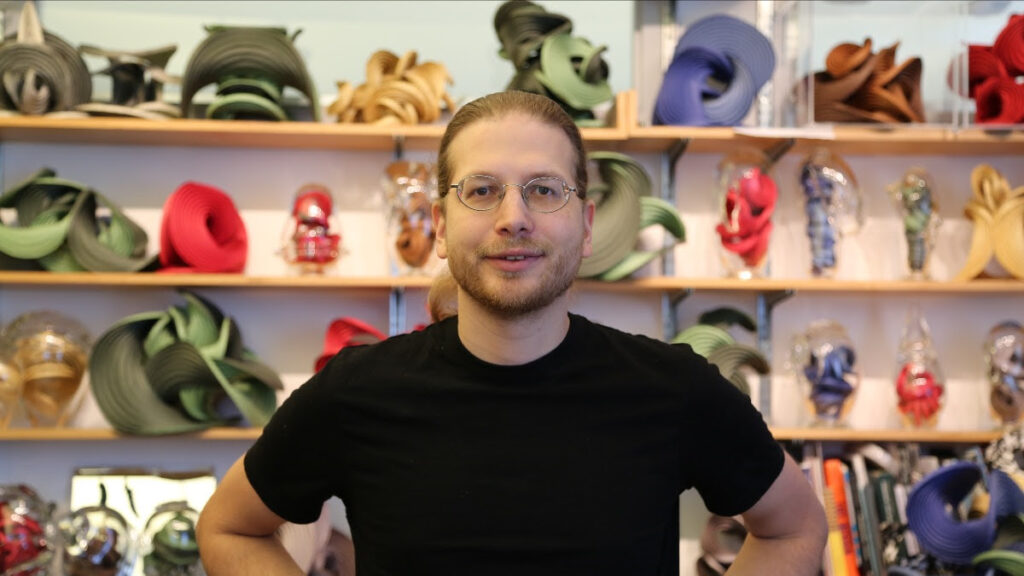
Erik Demaine was born in 1981 in Halifax, Nova Scotia. A child prodigy, Erik was home schooled by his father and completed his bachelor’s degree at the age of 14 (Dalhousie University in Canada) and received his PHD at 20 years old (University of Waterloo). His dissertation on computational origami won many accolades including the NSERS Doctorate Prize in 2003 for the best PHD Thesis and Research in Canada. Erik joined the MIT faculty in 2001 — The youngest professor in the history of MIT at the age of 20.
In 2003, he received a MacArthur Fellowship for his work in Computational Geometry. His work was described by the MacArthur Foundation as “Tackling and solving difficult problems related to folding and bending—moving readily between the theoretical and the playful, with a keen eye to revealing the former in the latter.” In 2013, he received the EATCS Presburger Award for young scientists and a fellowship from the John Simon Guggenheim Memorial Foundation. He was the winner of the Nerode Prize in 2015, along with his 3 co-authors, for his work in bidimensionality. In 2016, he became a fellow at the Association for Computing Machinery (organization that was founded in 1947 and is the world’s largest scientific and educational computing society) and received the Rare Craft Fellowship from the American Craft Council and in 2017 he was awarded an Honorary Doctorate from Bard College.
Their work is held in many public collections worldwide including: Berkshire Museum, Massachusetts; Chimei Museum, Taiwan; Educational Museum of Origami in Zaragoza, Spain; Folger Shakespeare Library, DC; Fuller Craft Museum, Massachusetts; Jong Ie Nara Paper Museum, Korea; Mesa Contemporary Arts Museum, Arizona; Morris Museum, New Jersey; Museum of Modern Art (MoMA), New York City; Museum of Science and Industry, Chicago; Nature in Art Museum, UK; Renwick Gallery of Smithsonian American Art Museum, DC; Sandwich Glass Museum, Massachusetts; Speed Art Museum, Kentucky; Walker Art Center, Minnesota.

